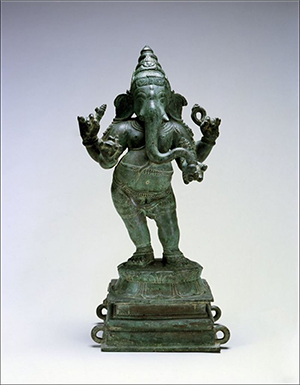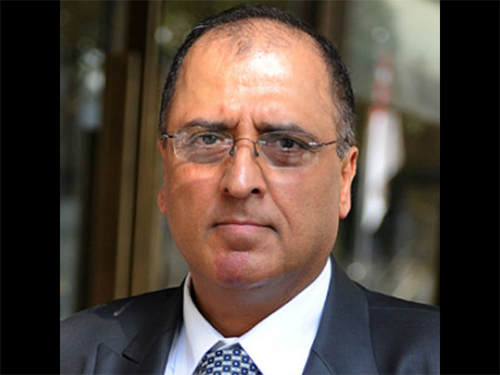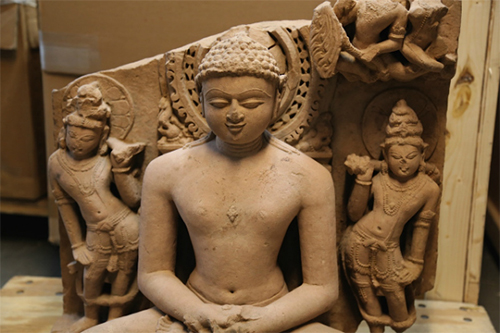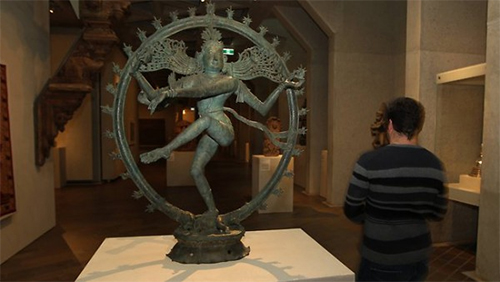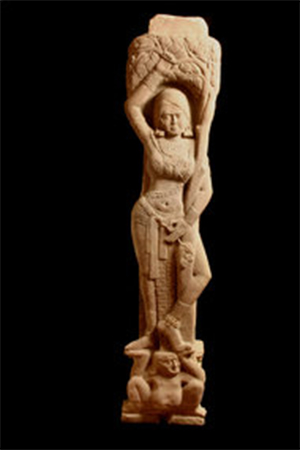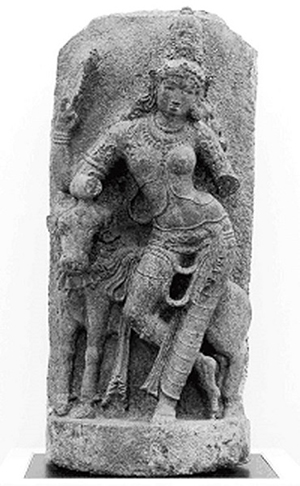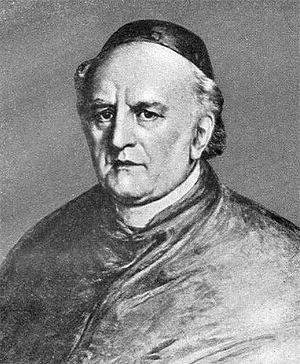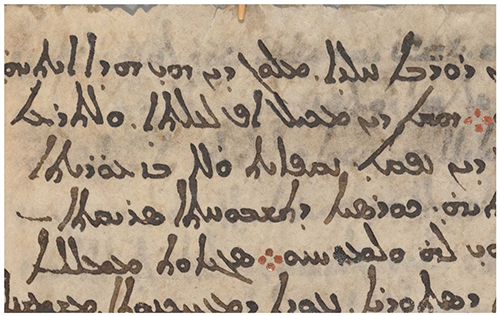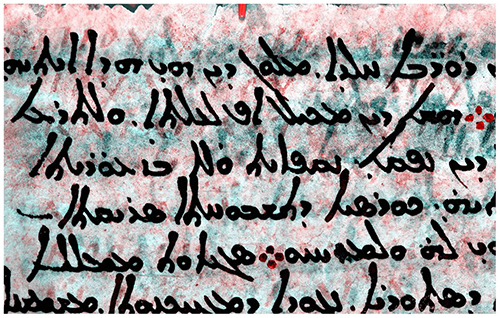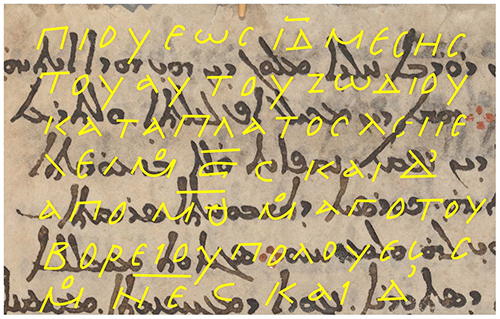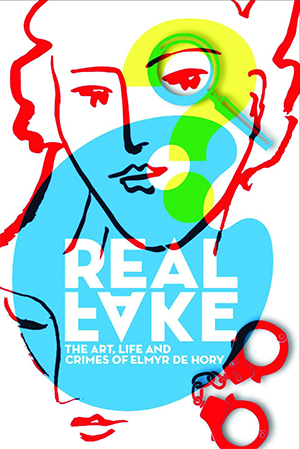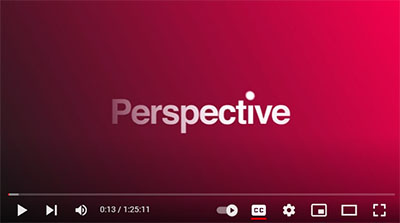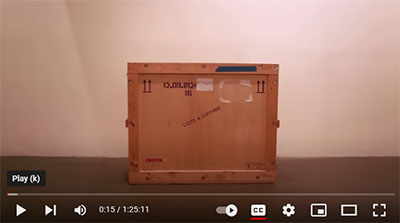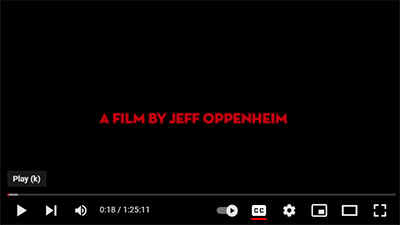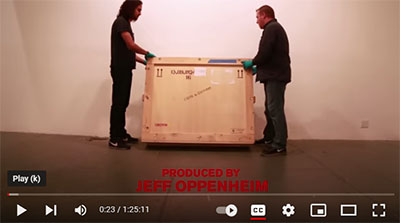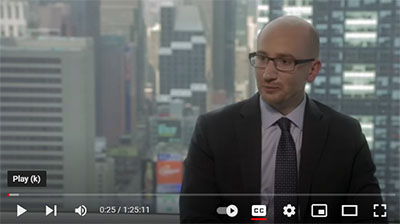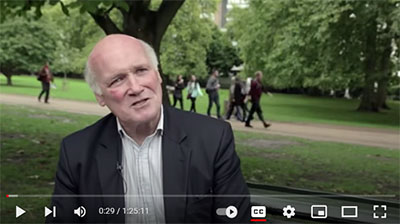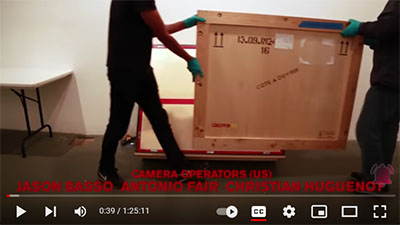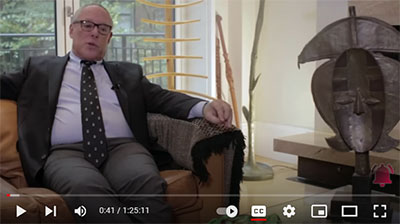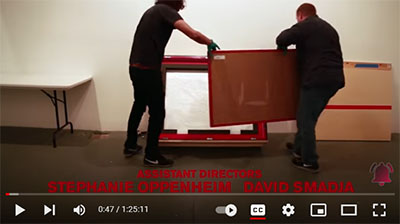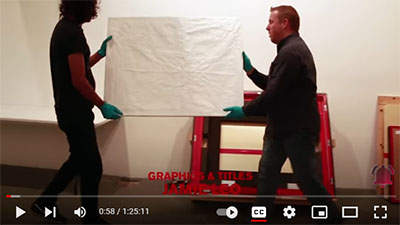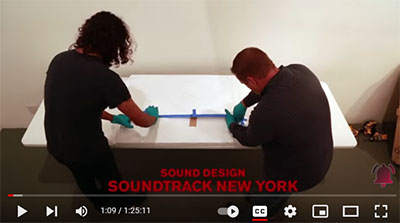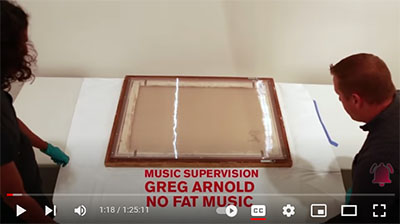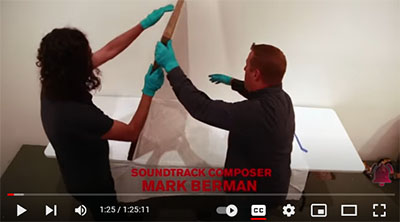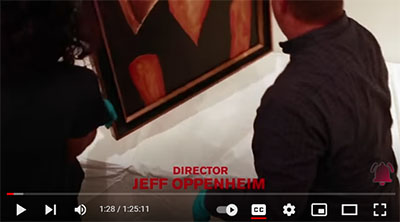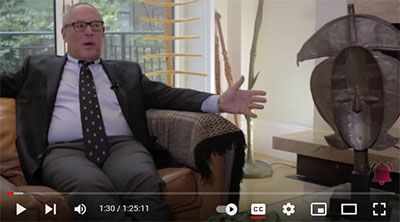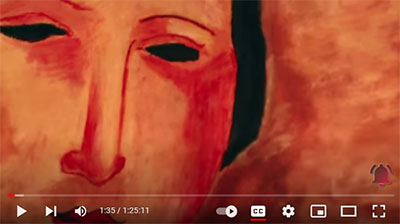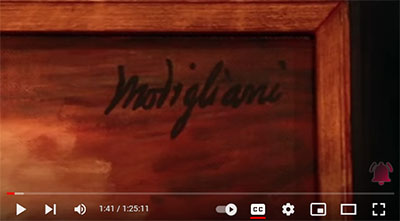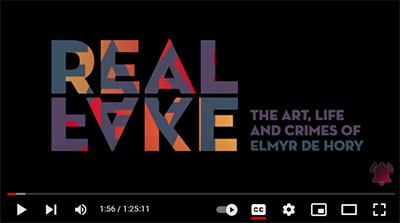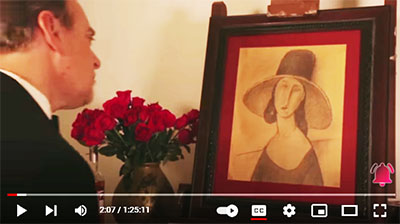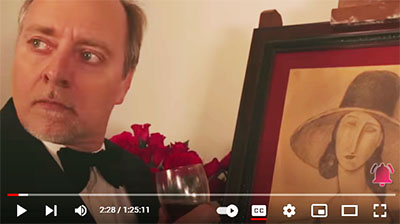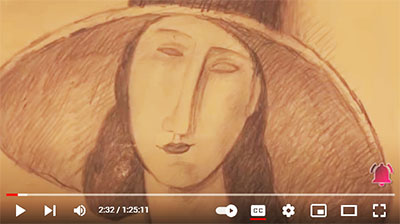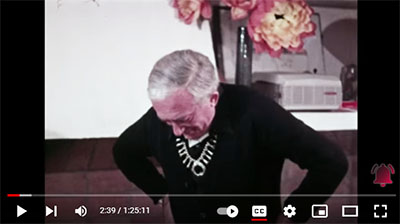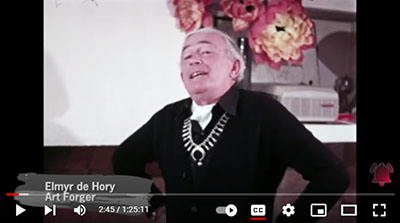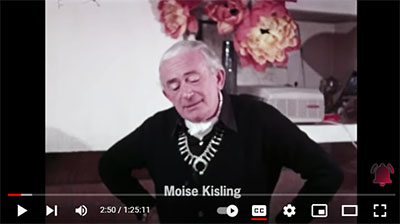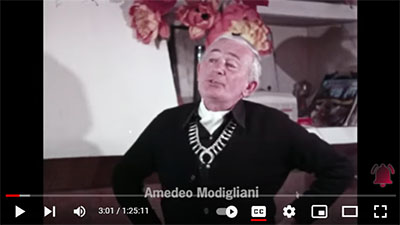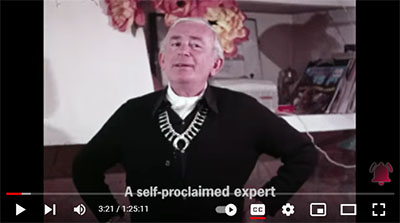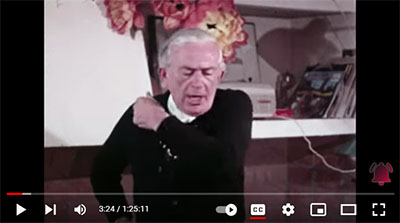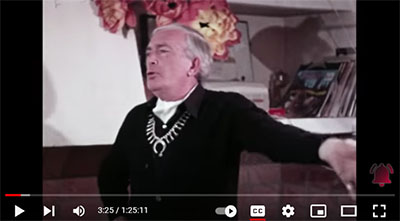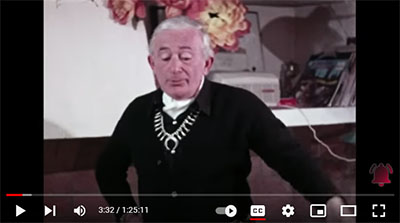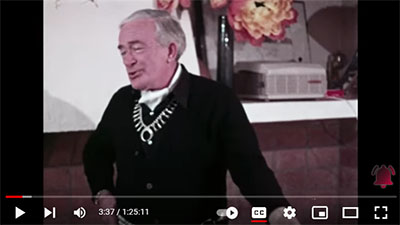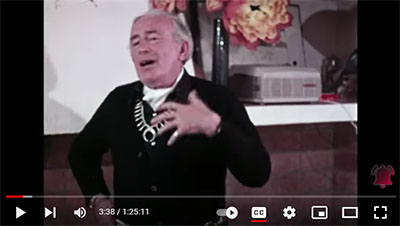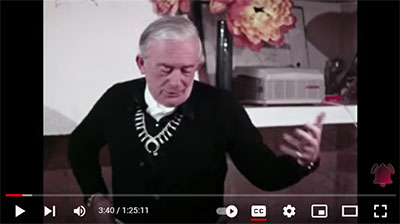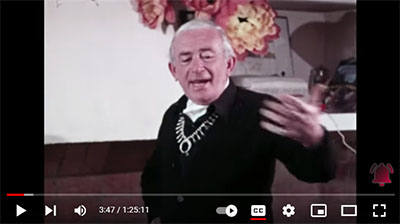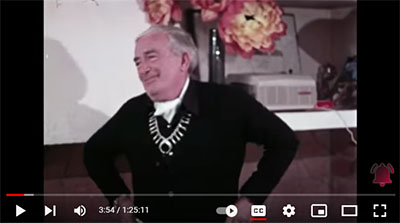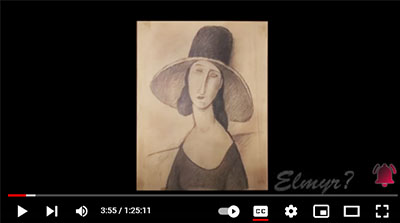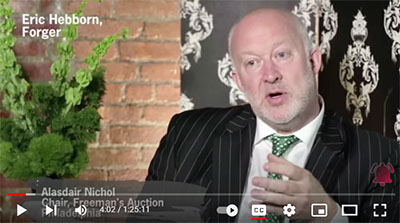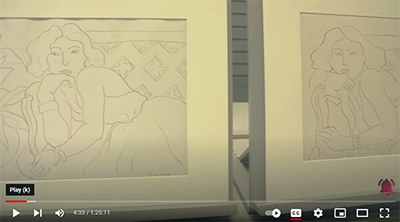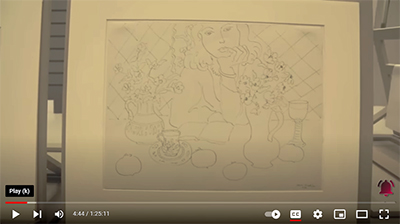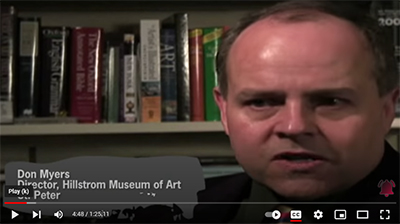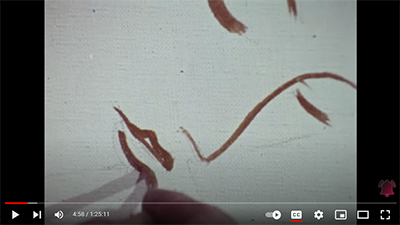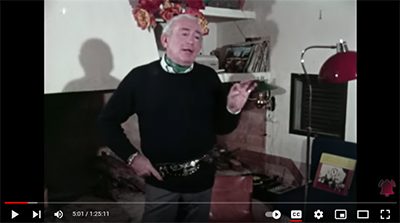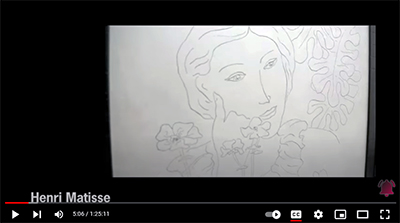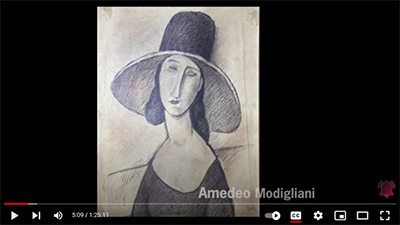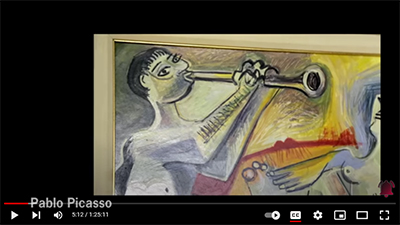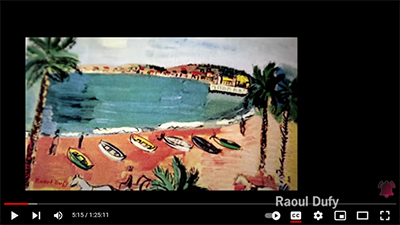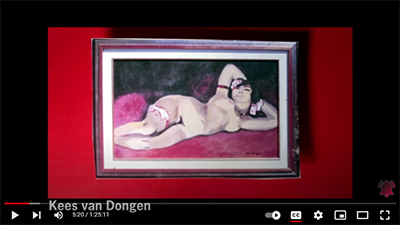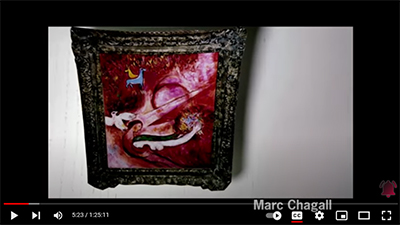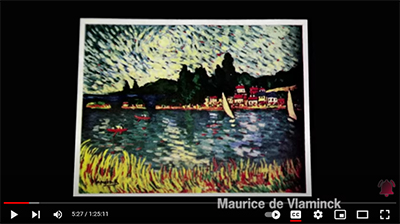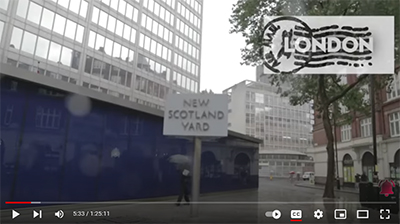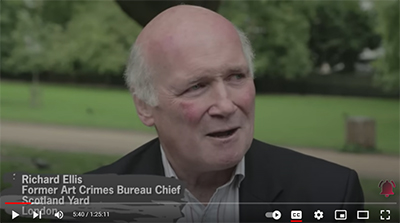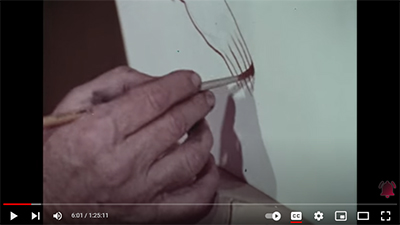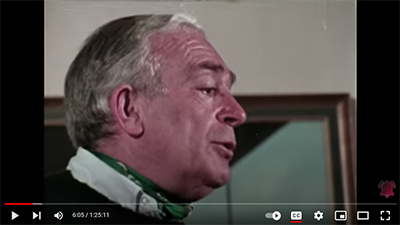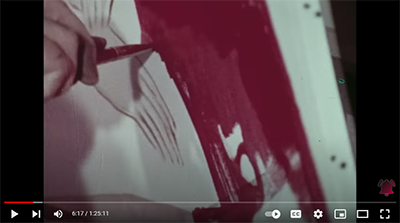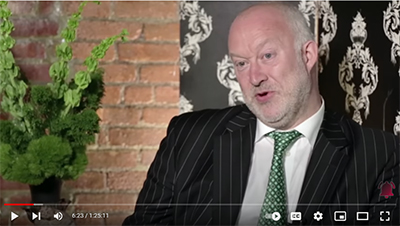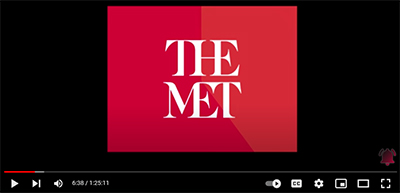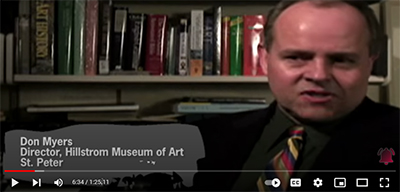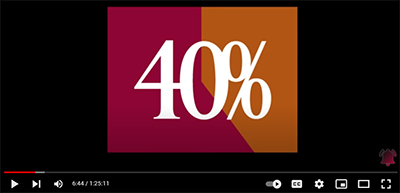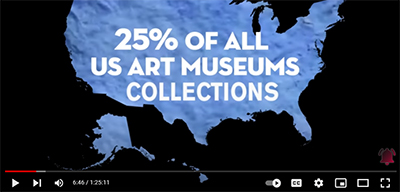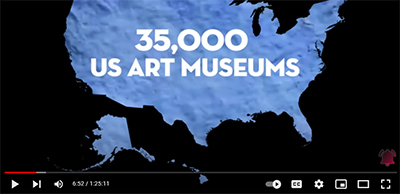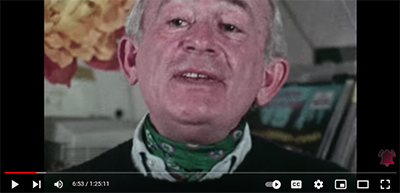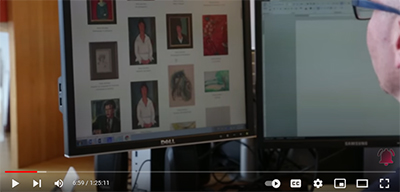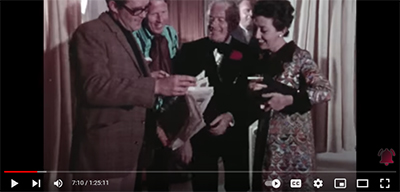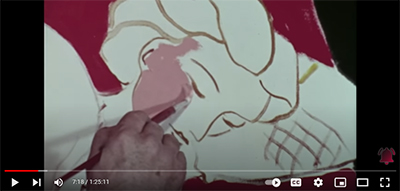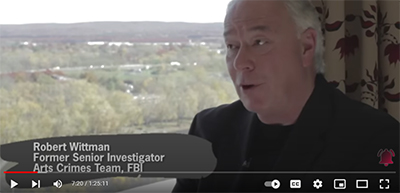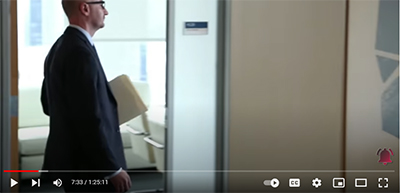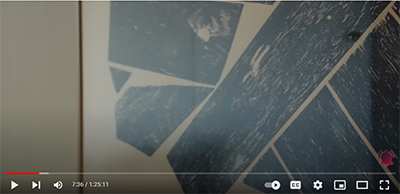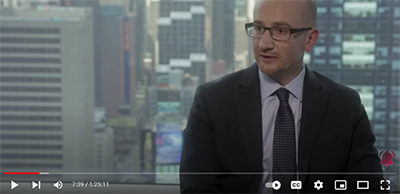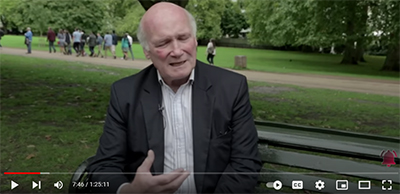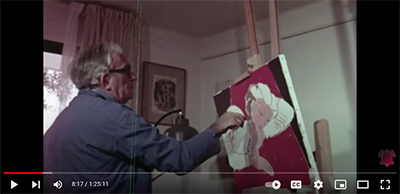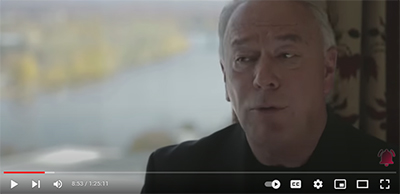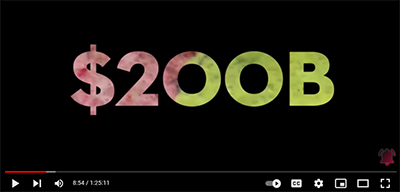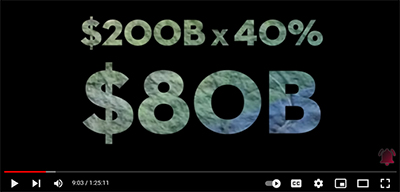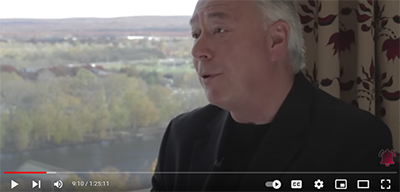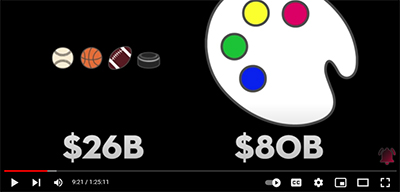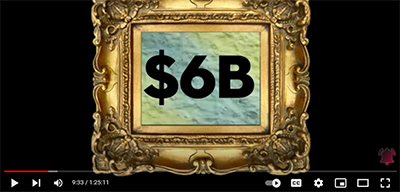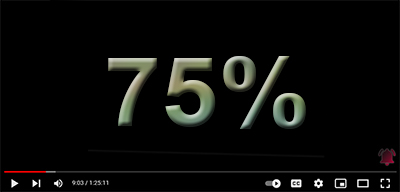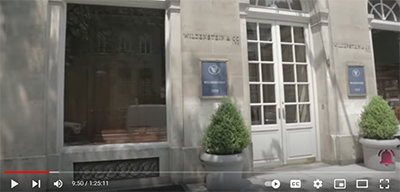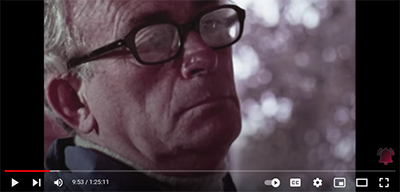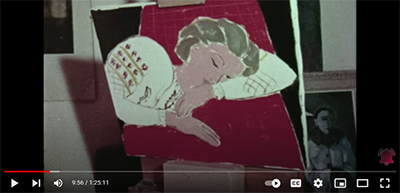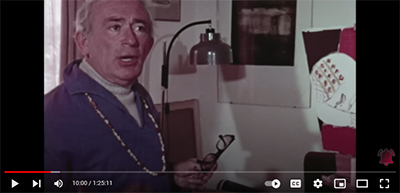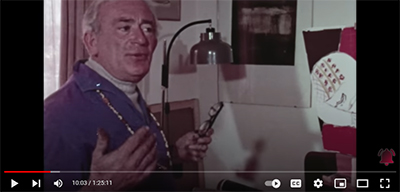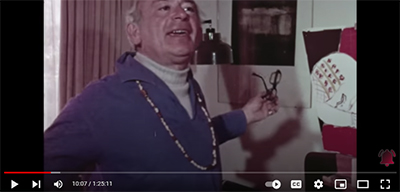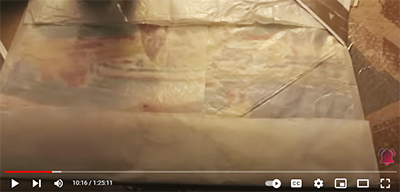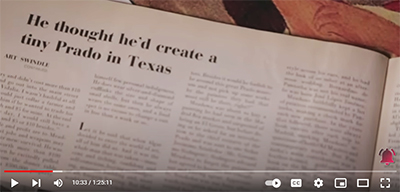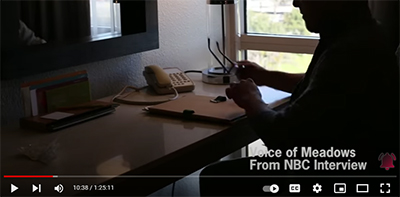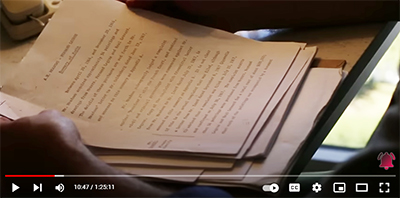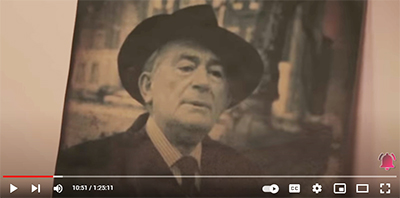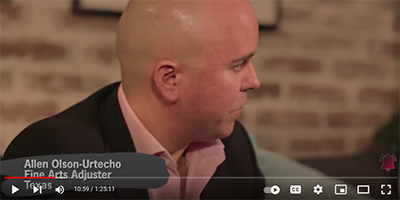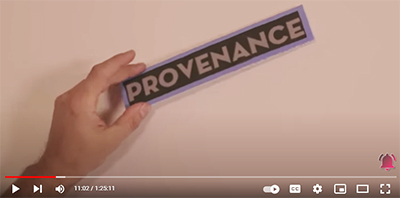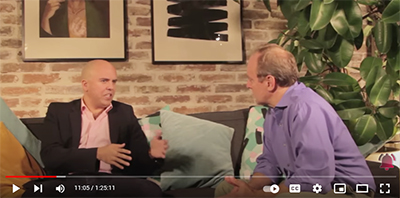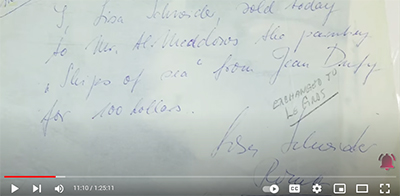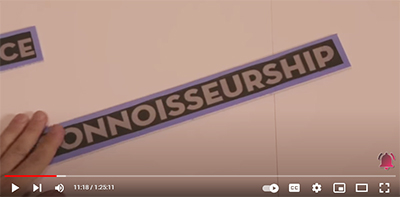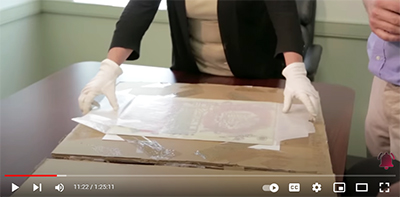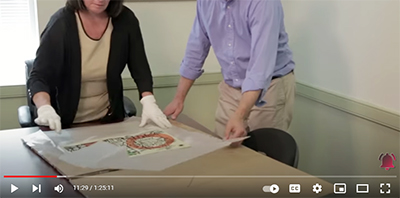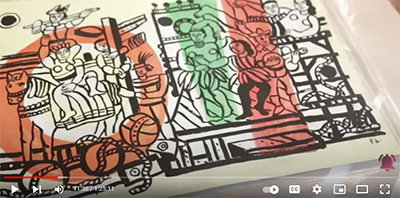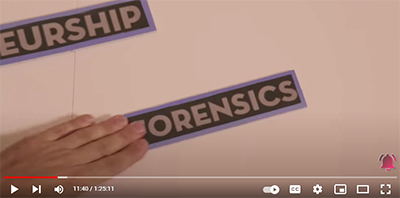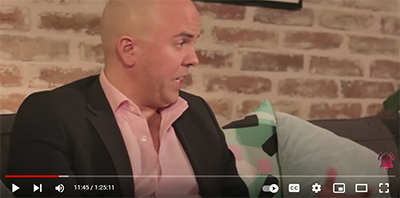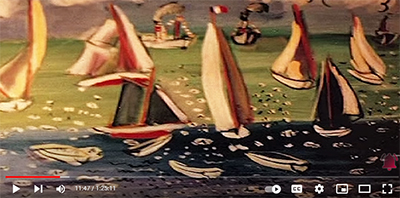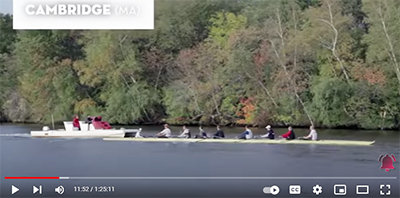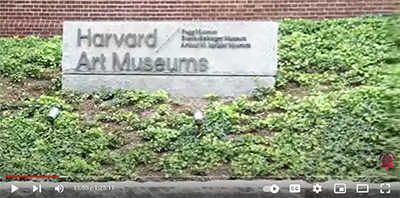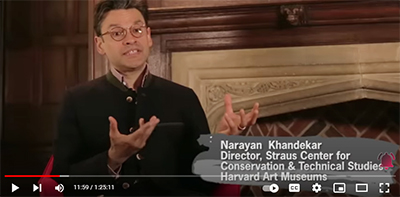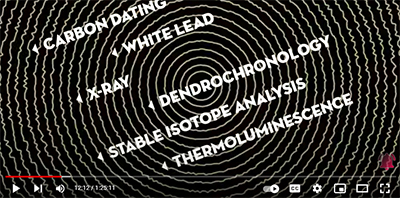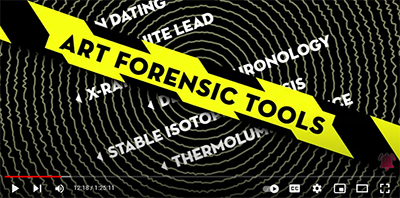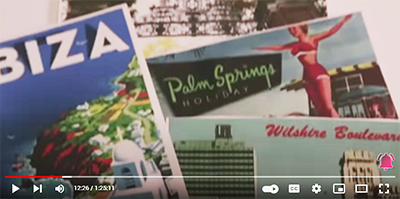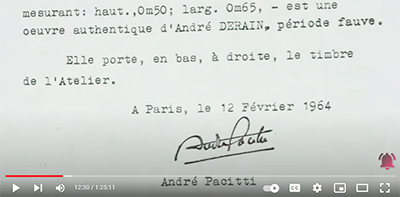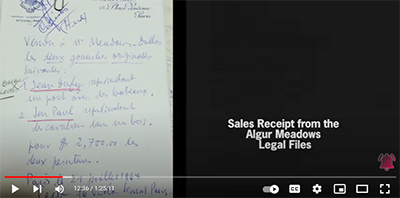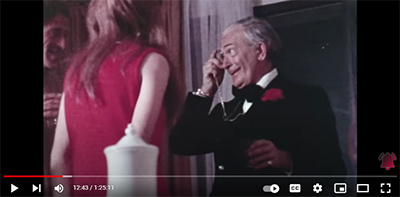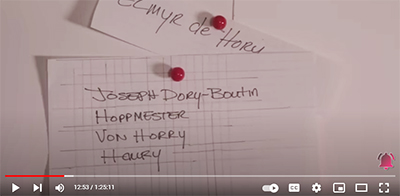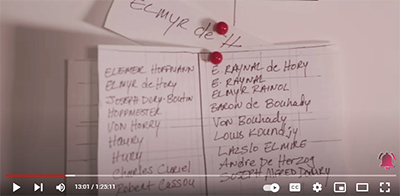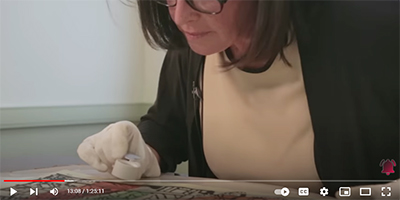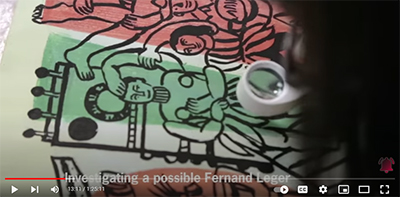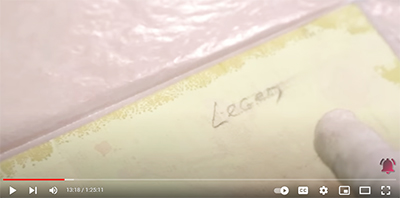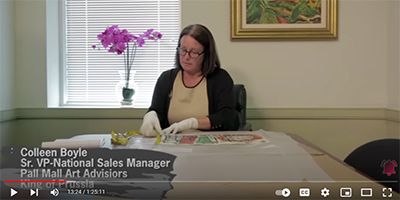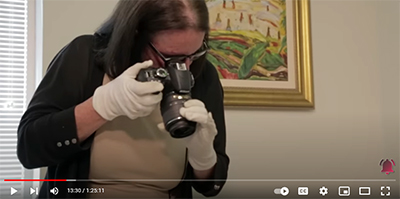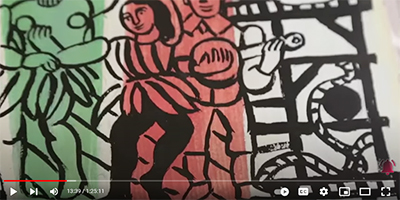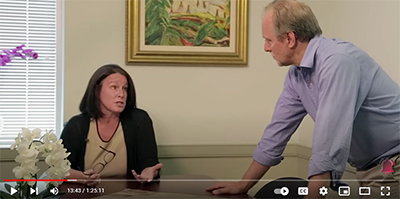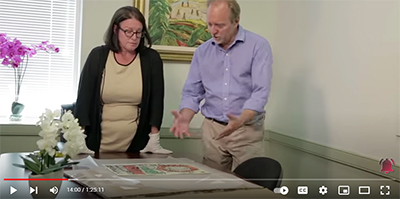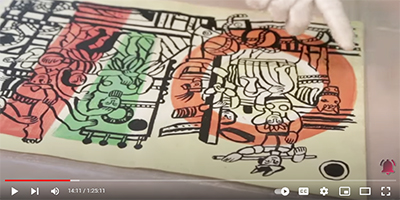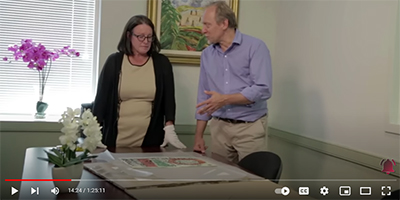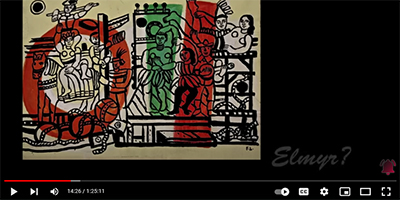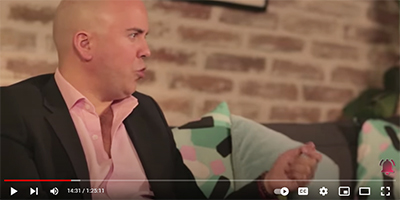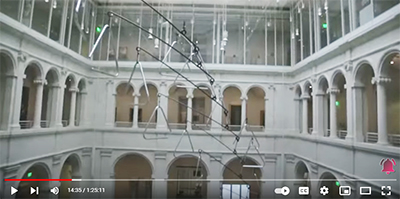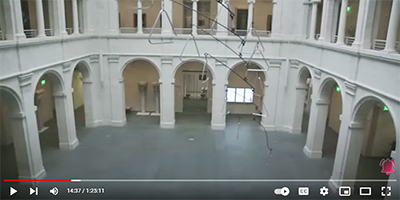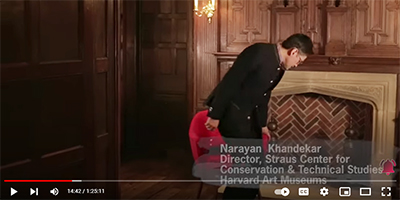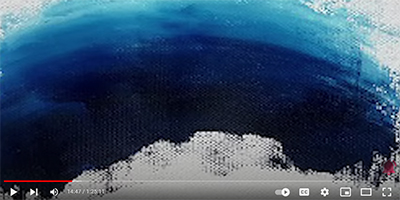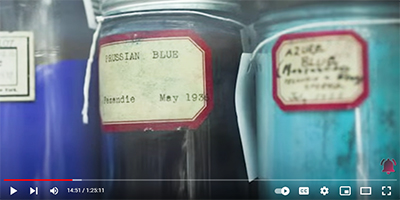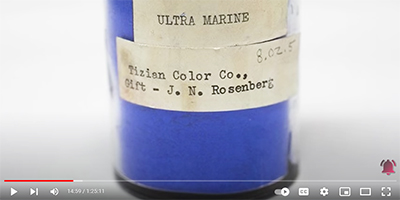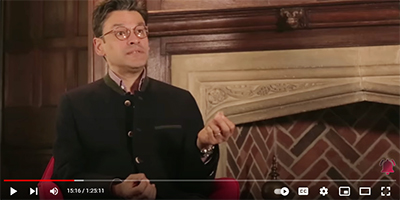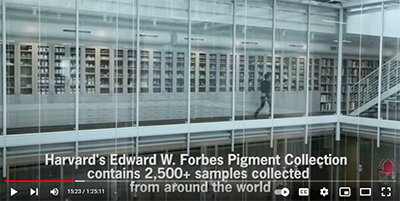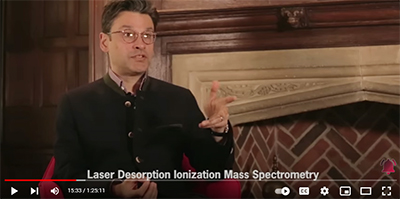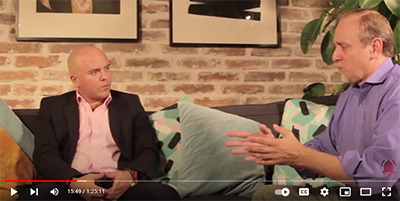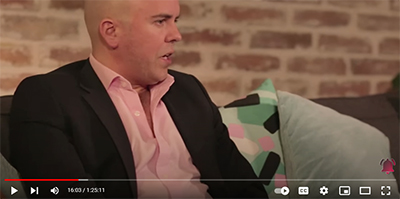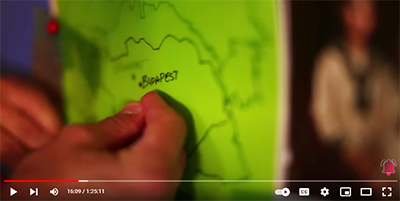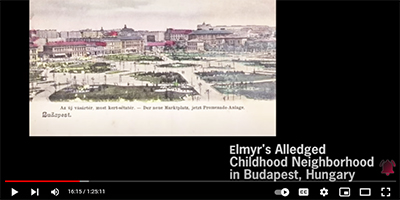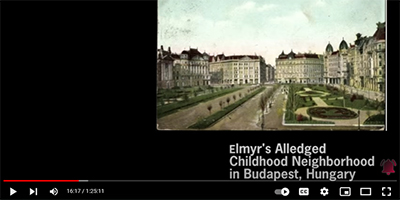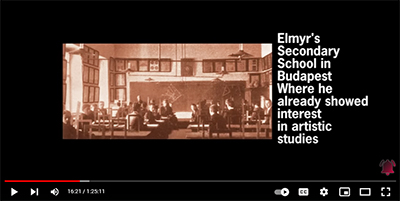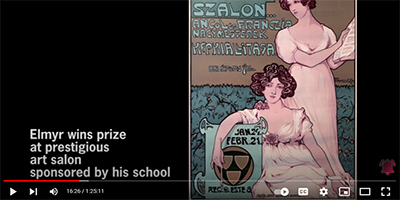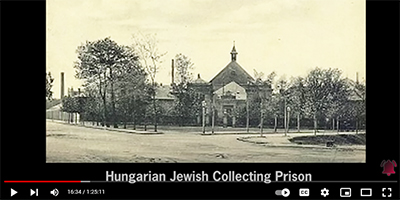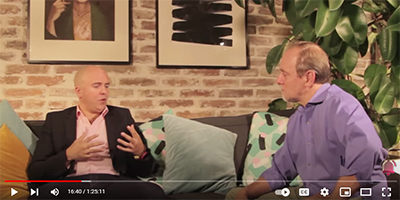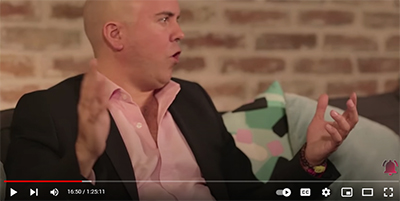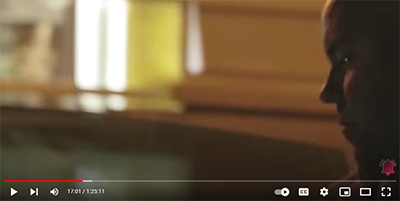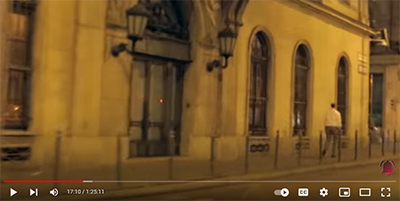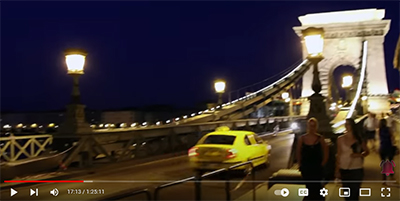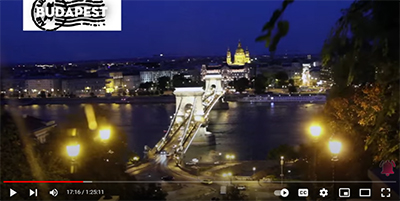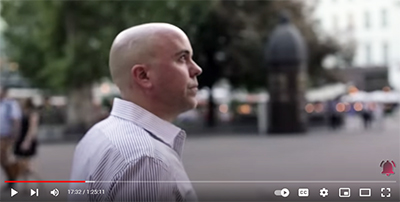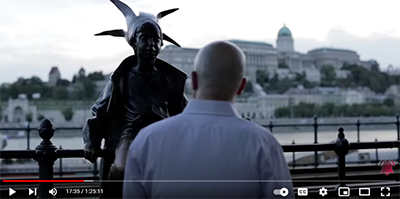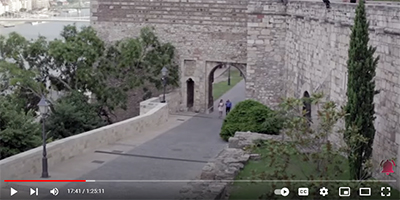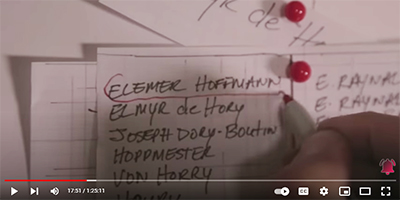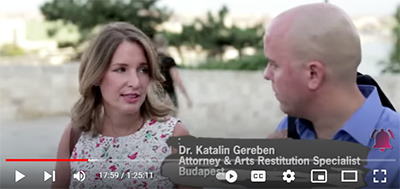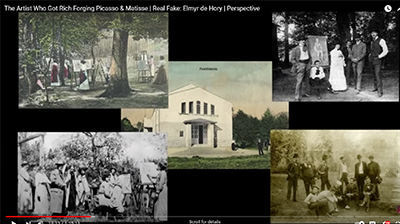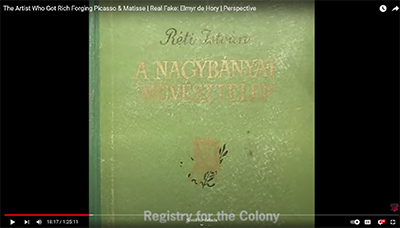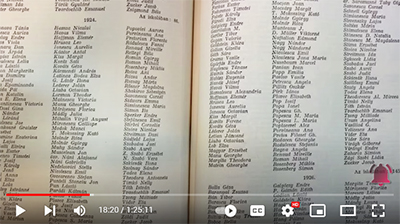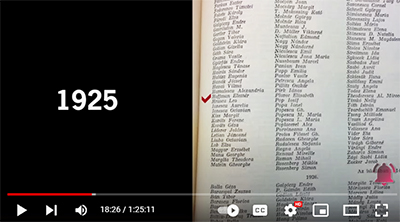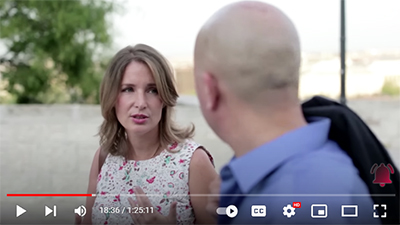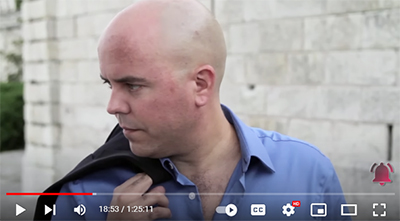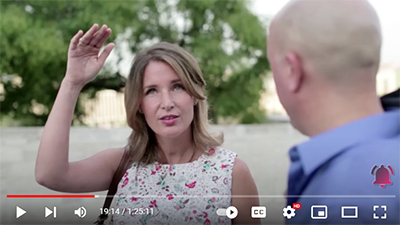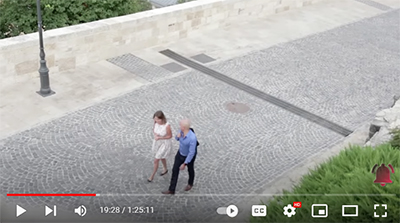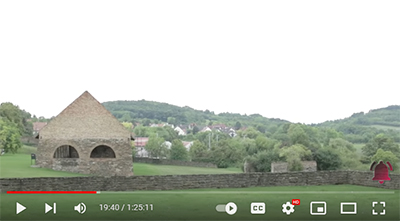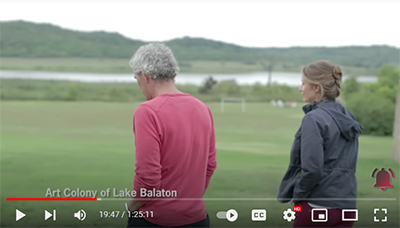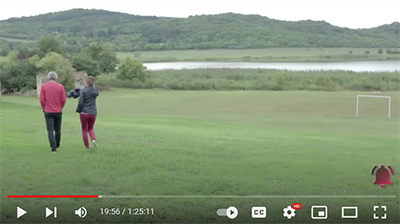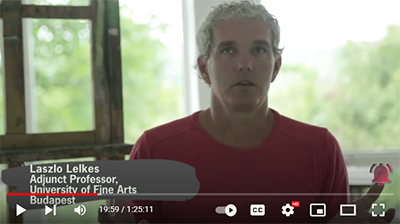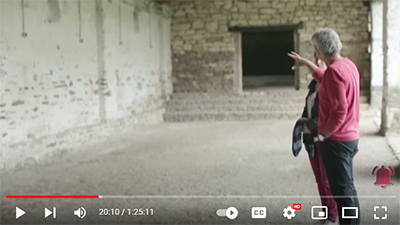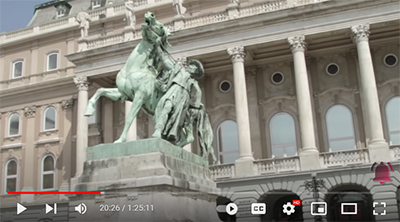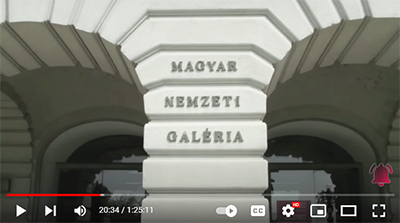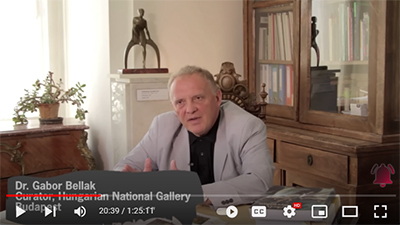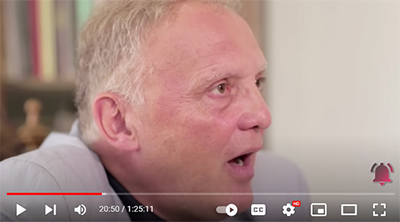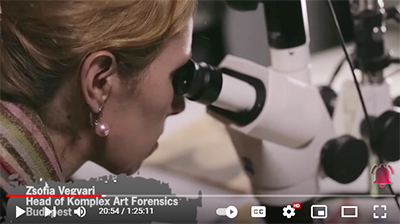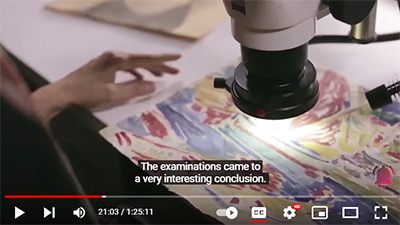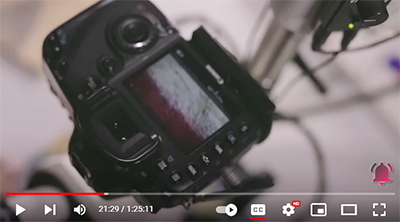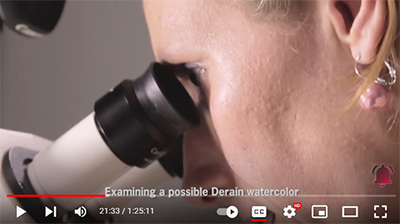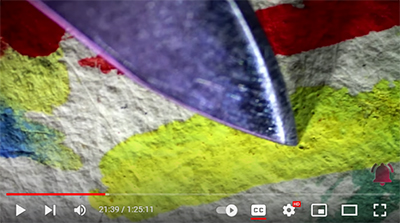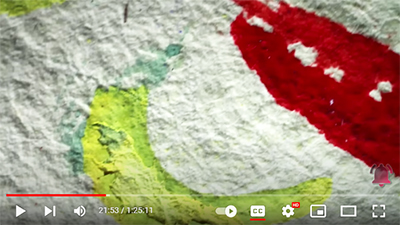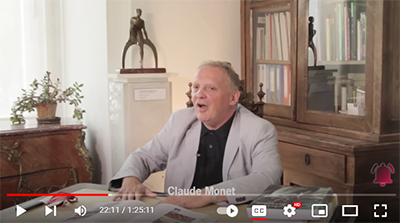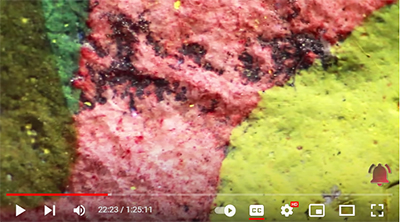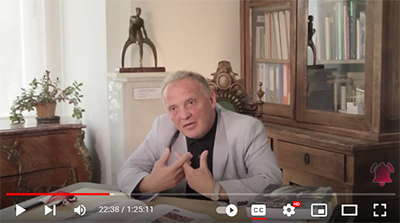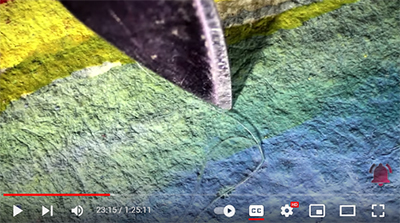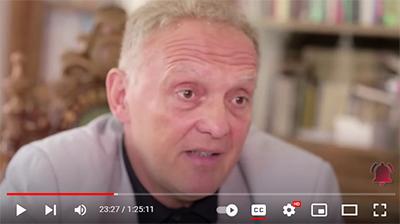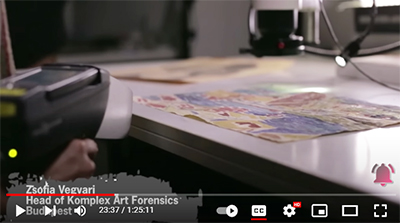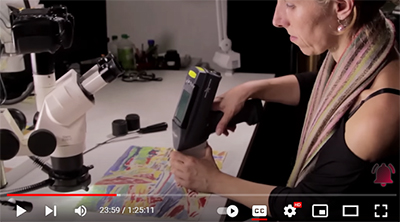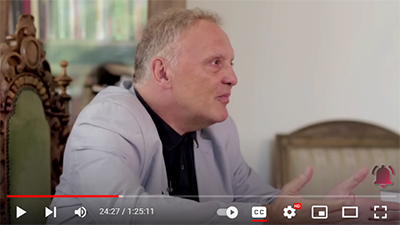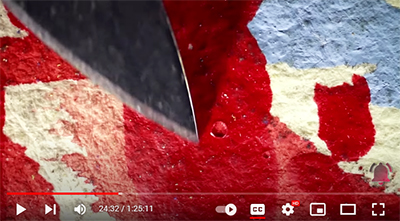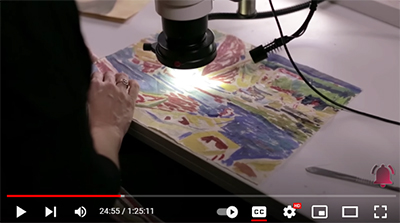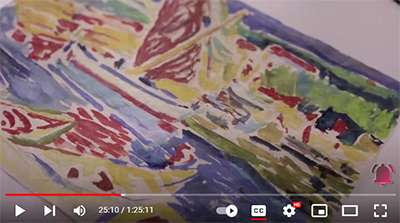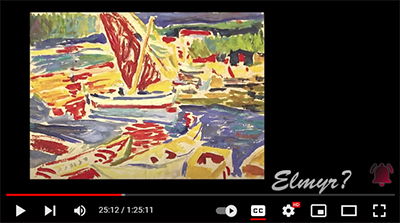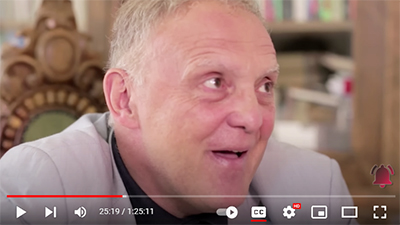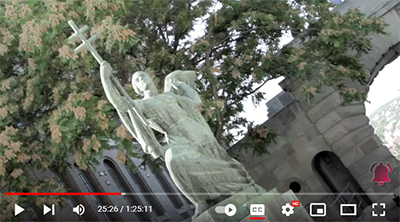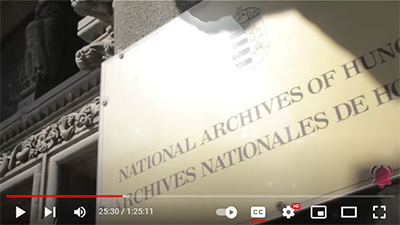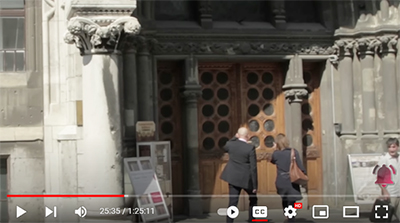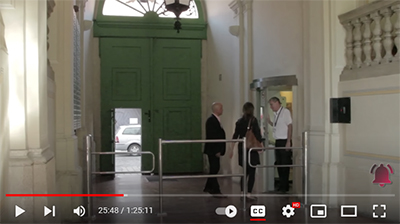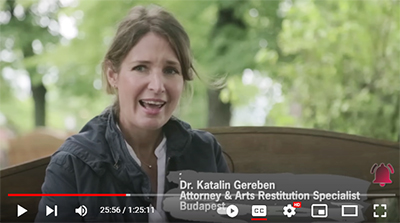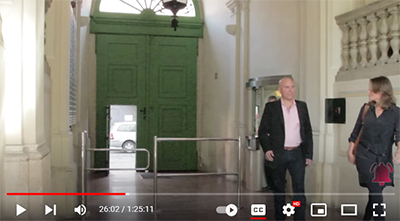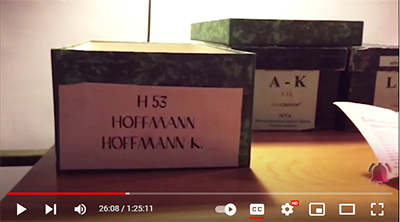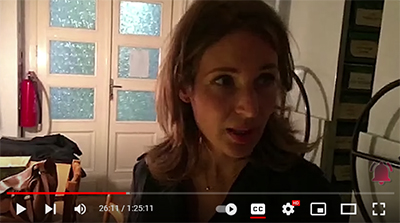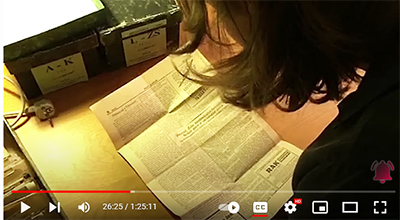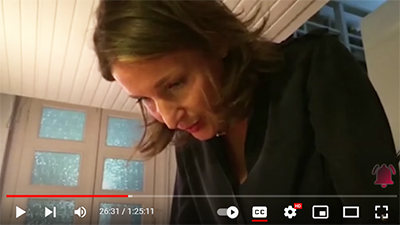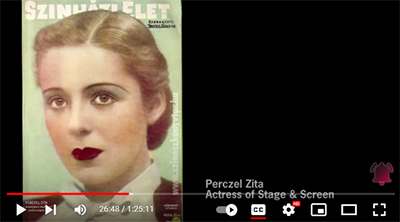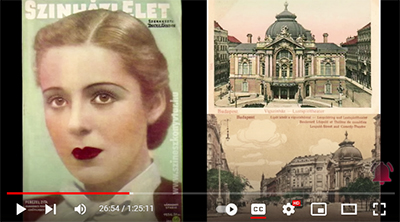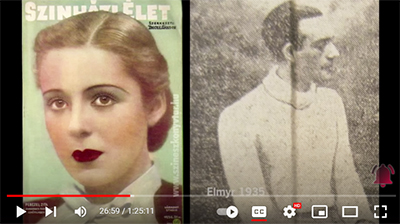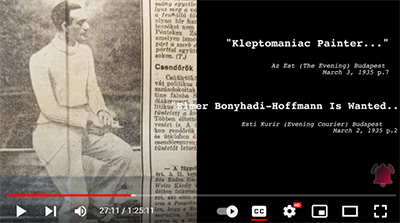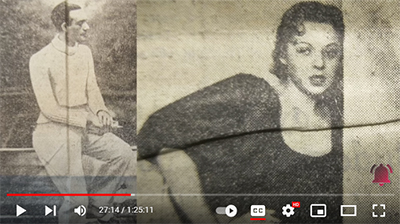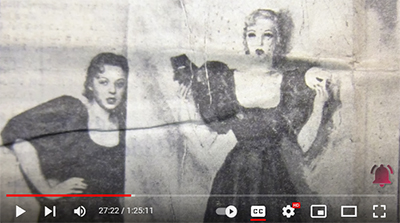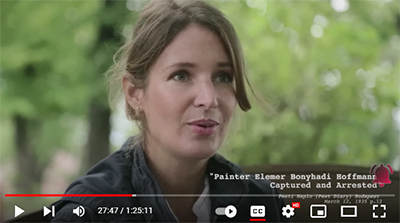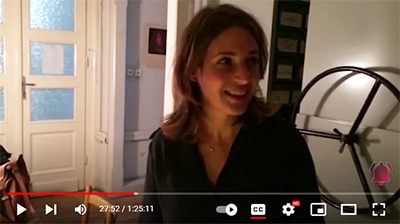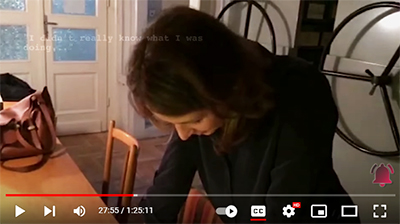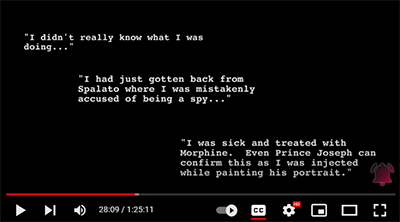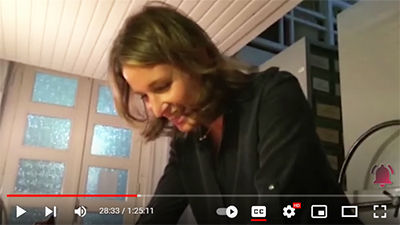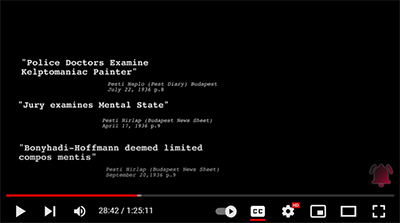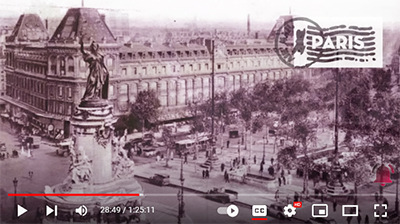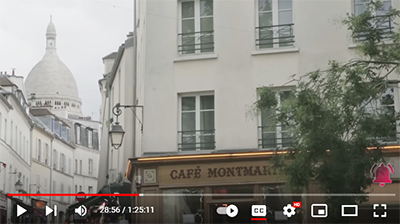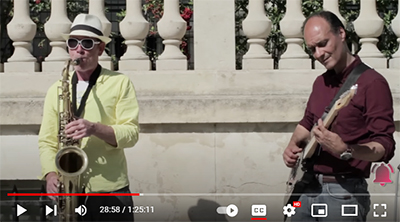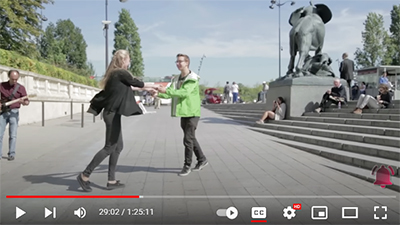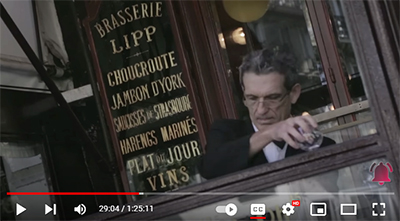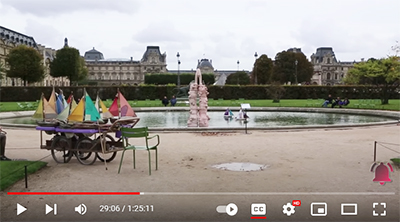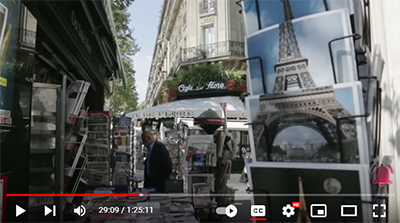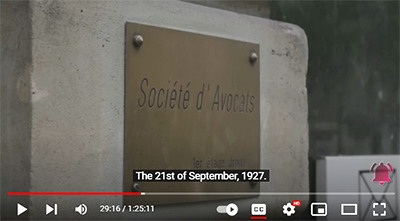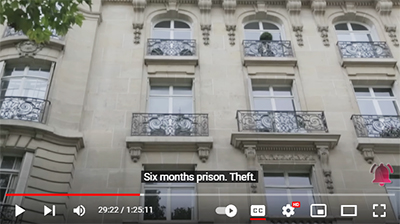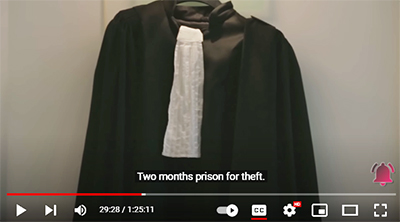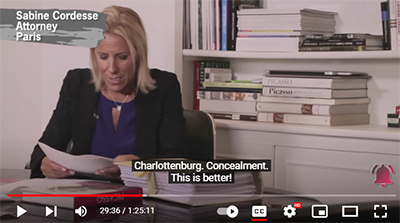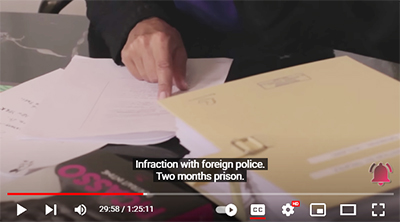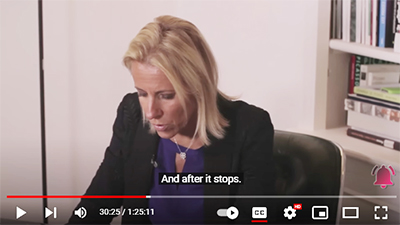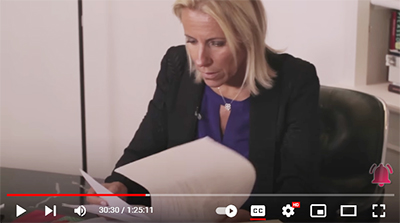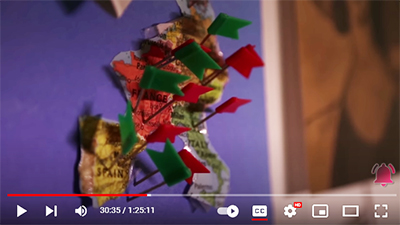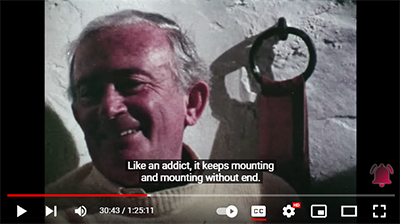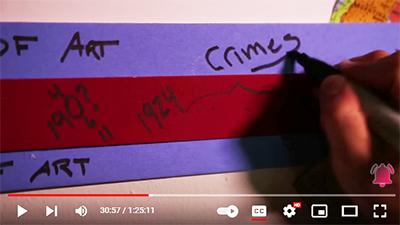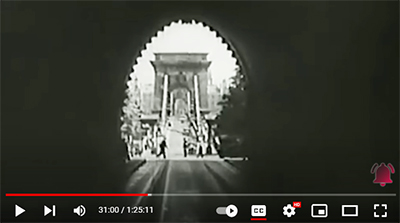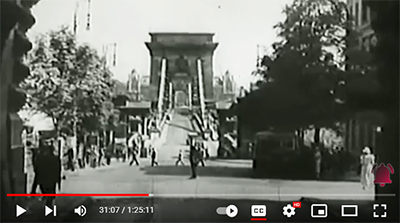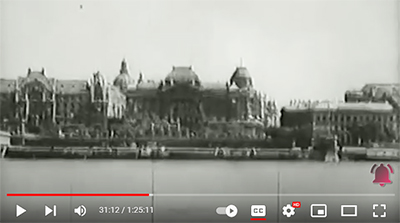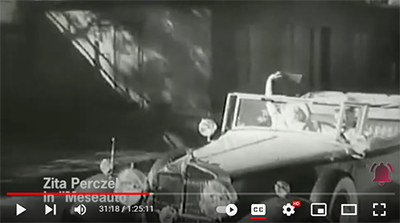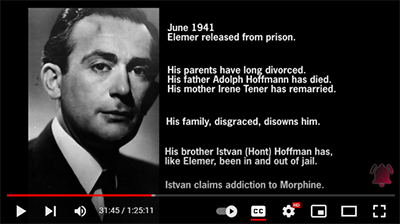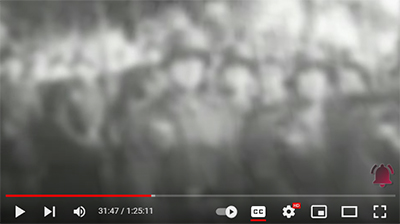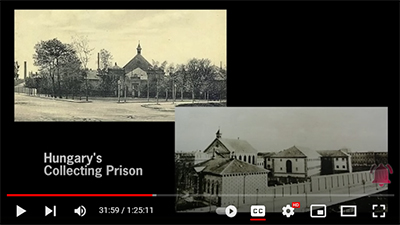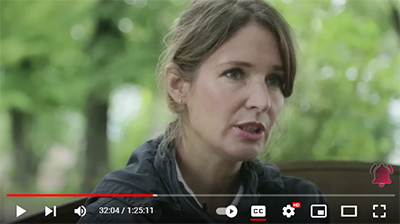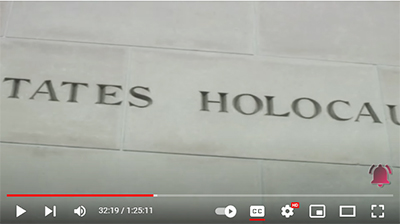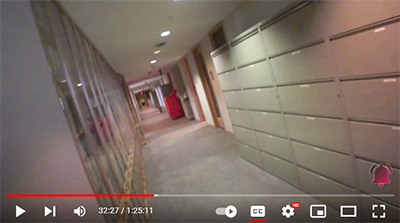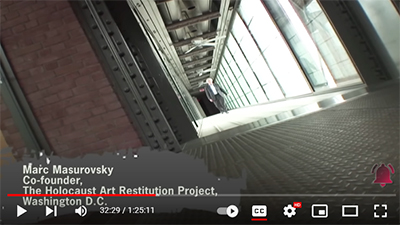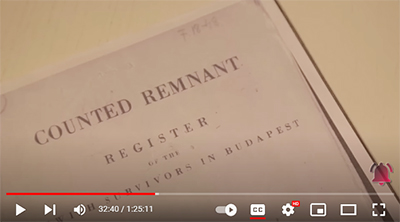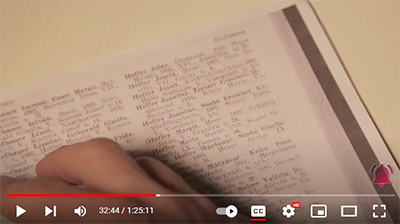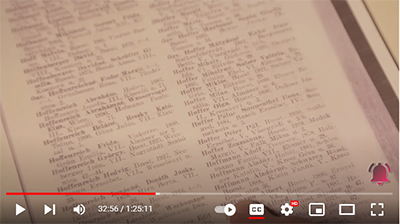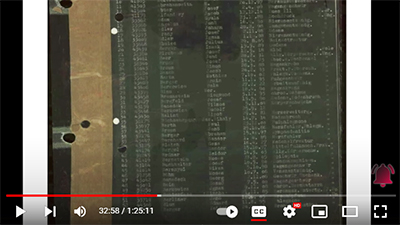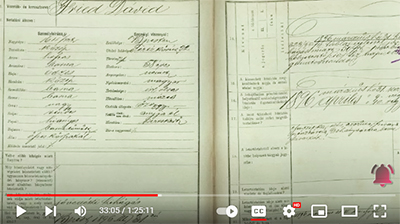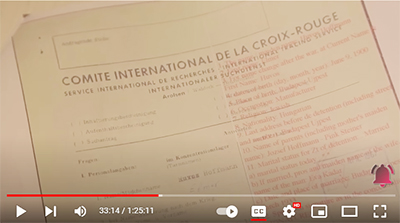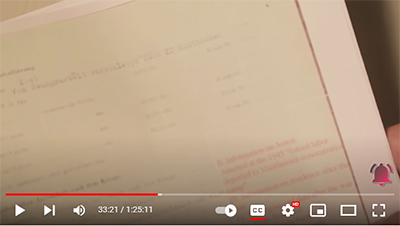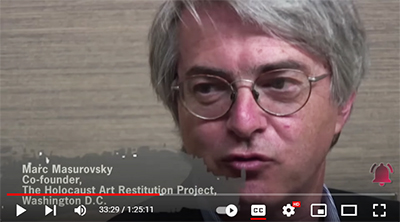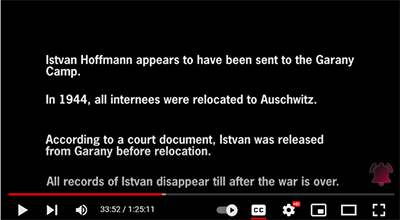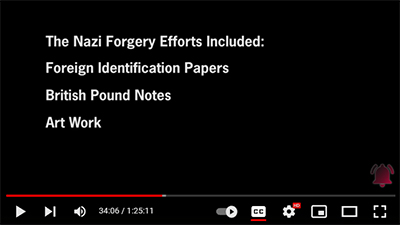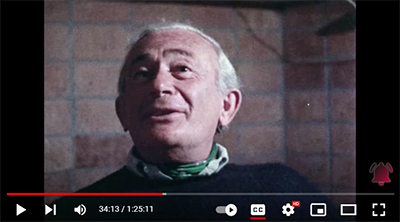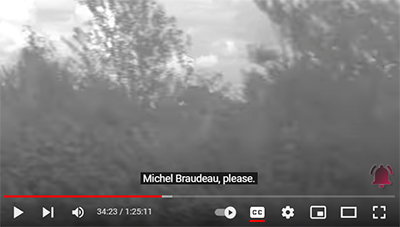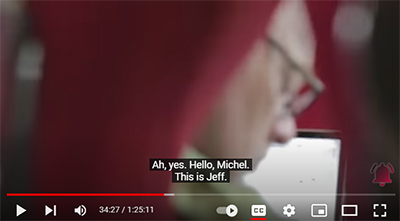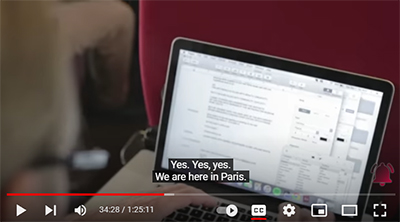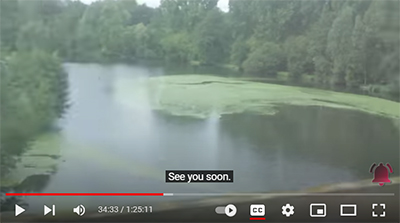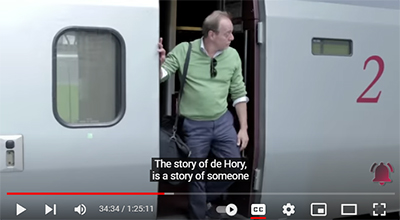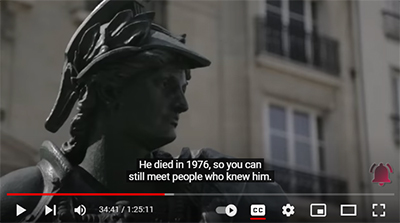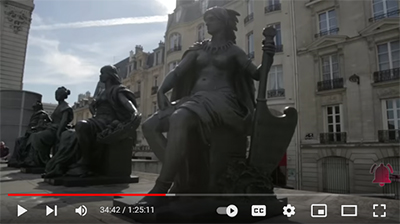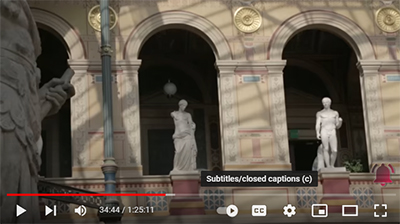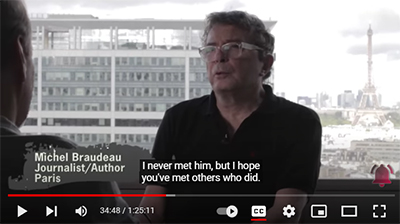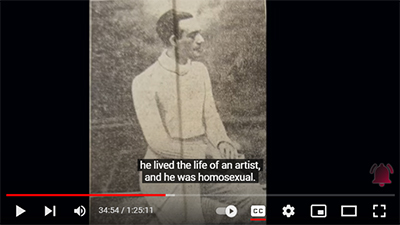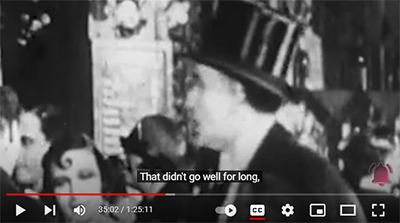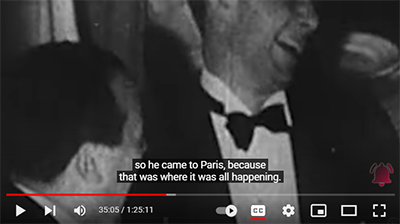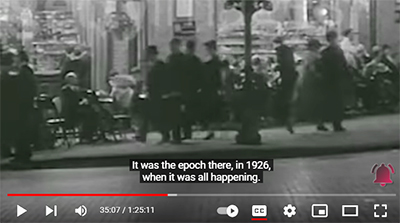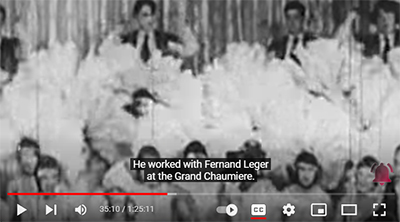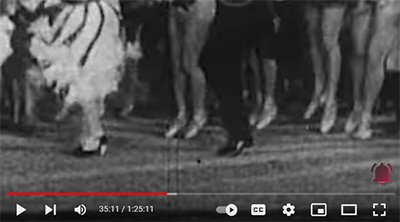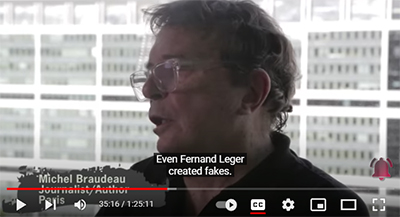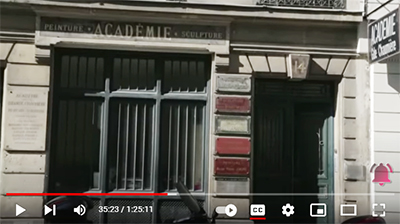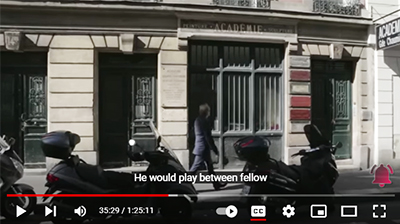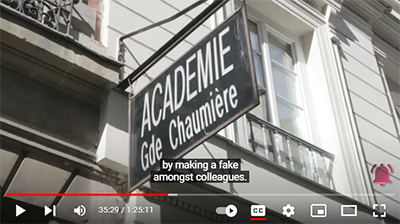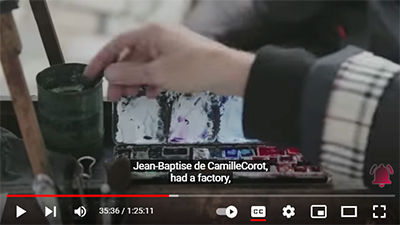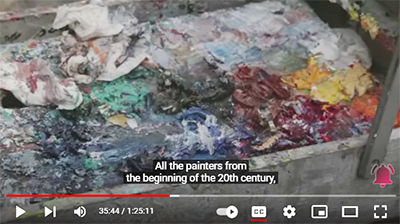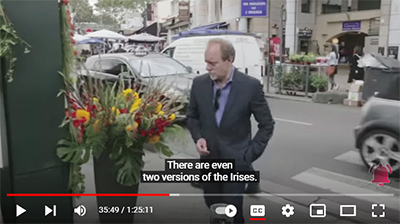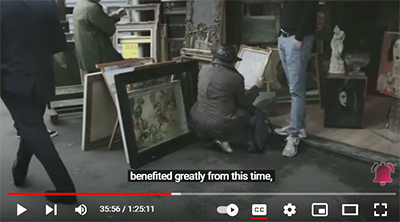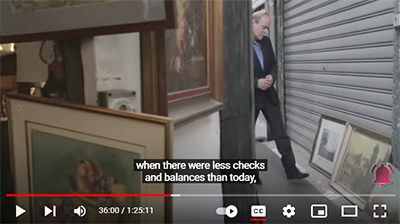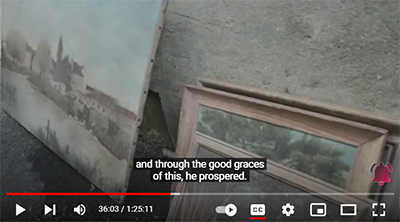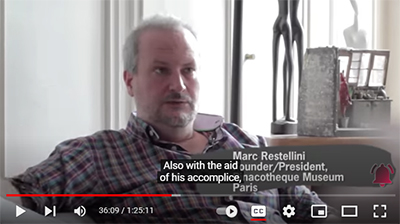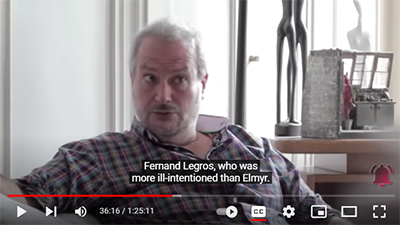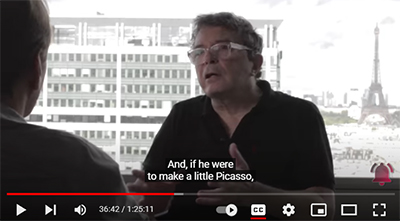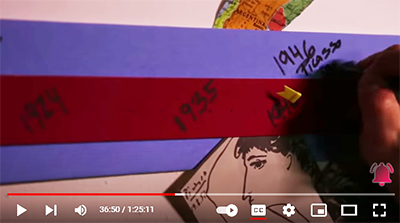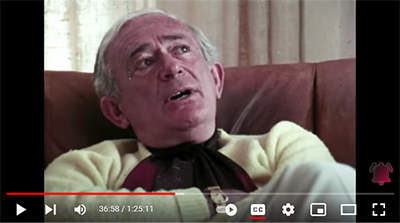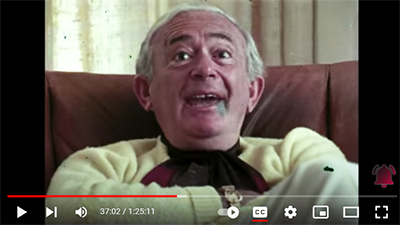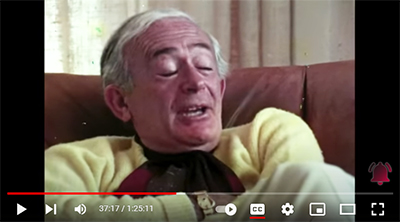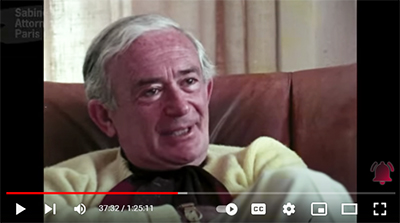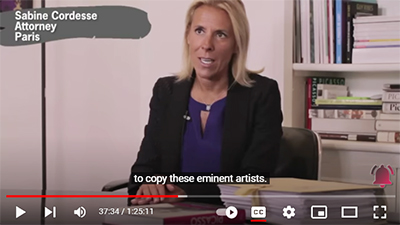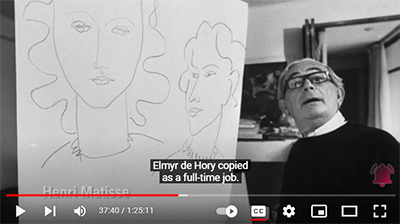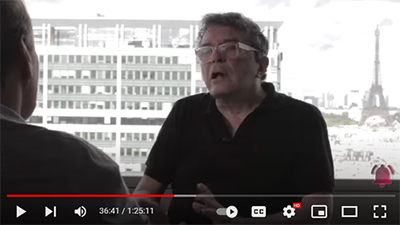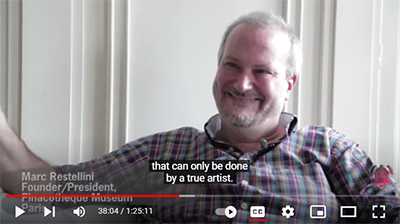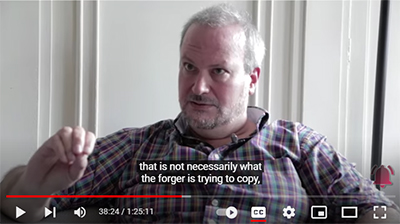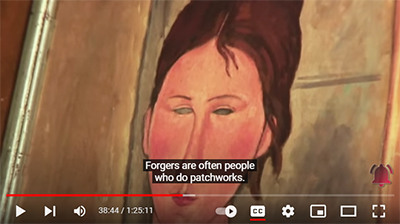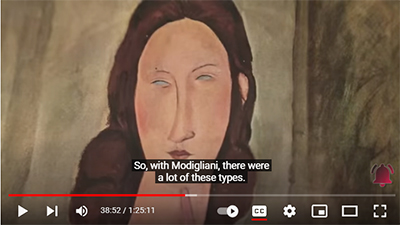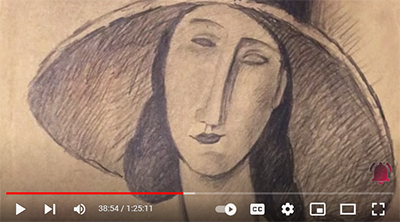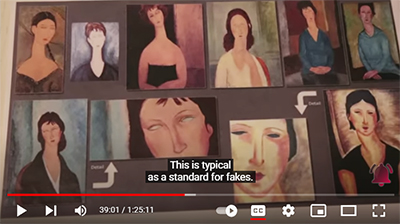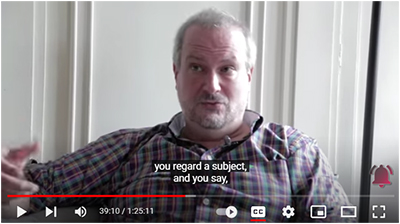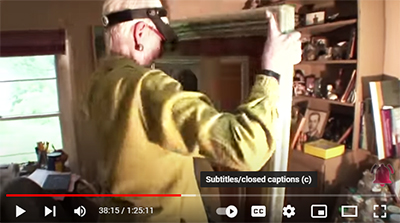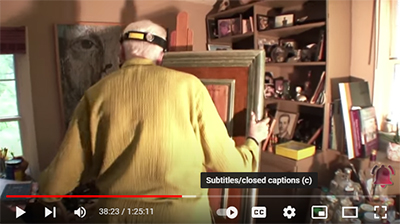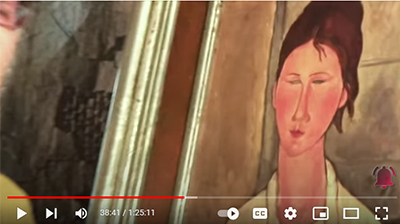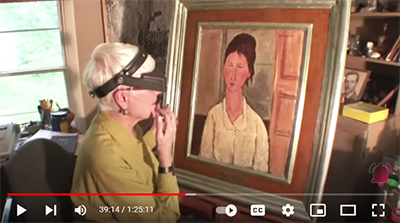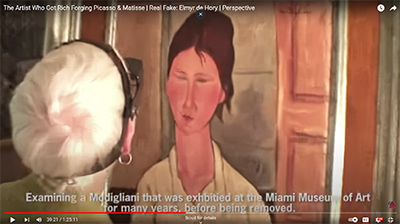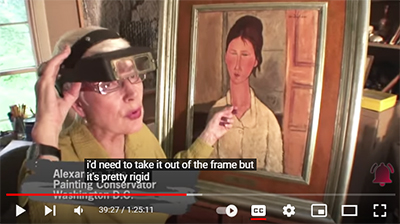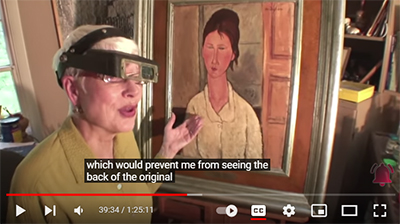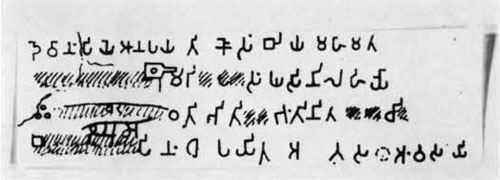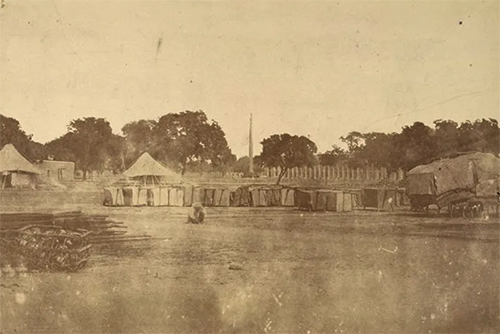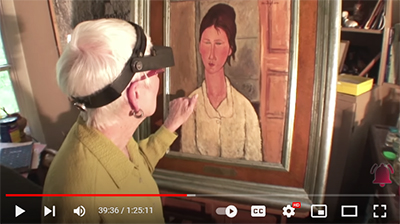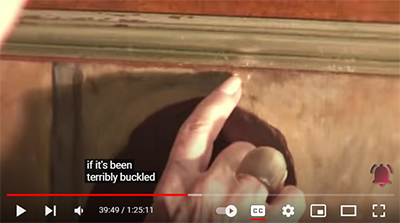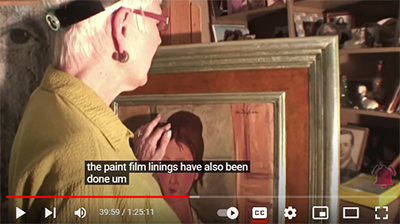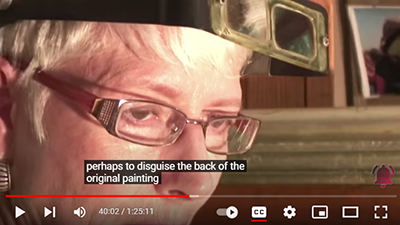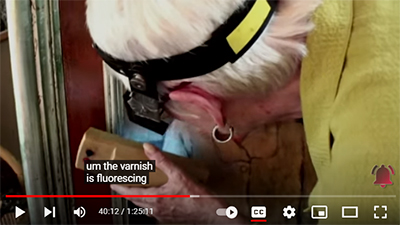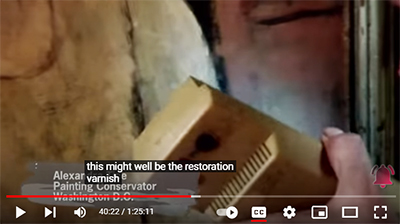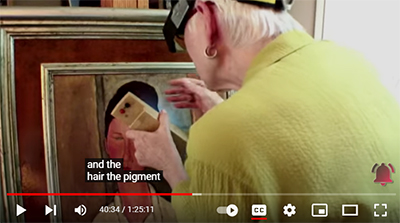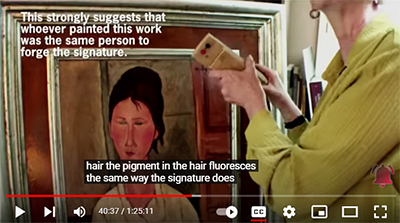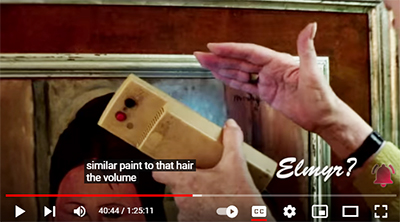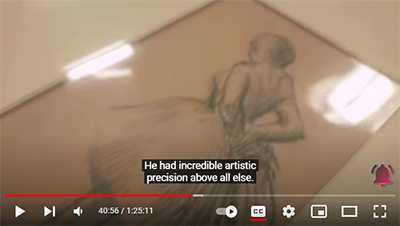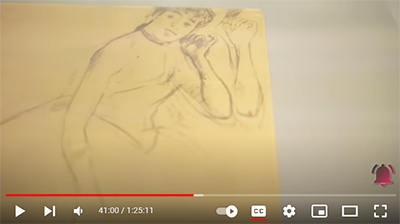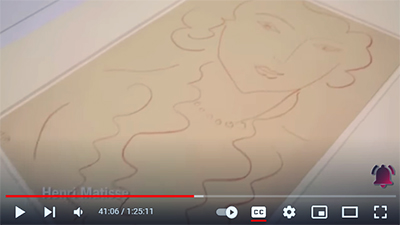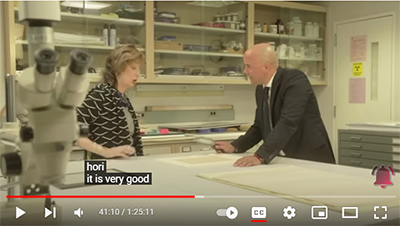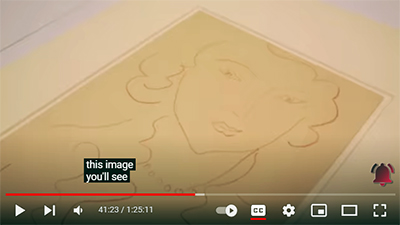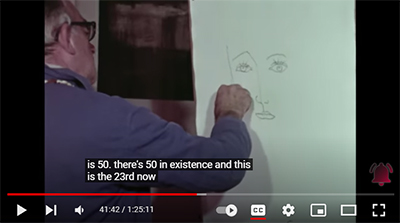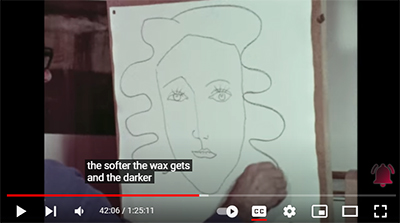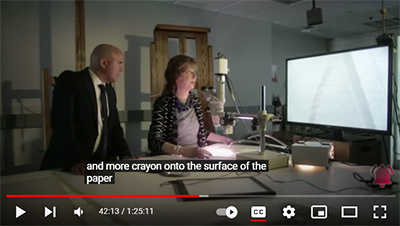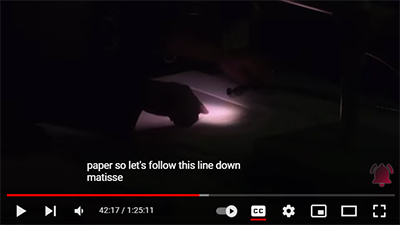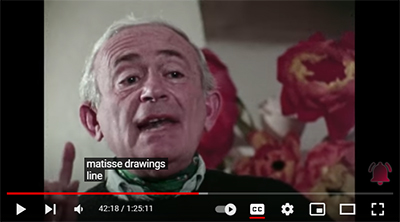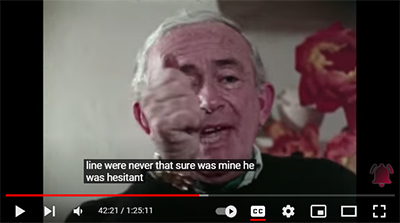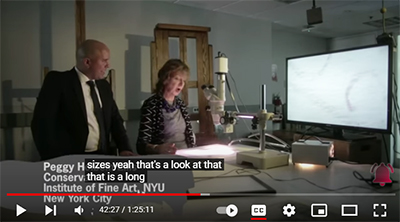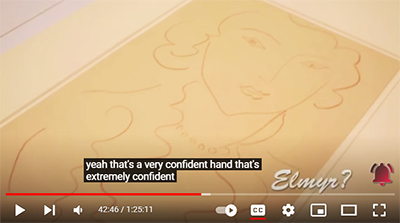by Wikipedia
Accessed: 7/31/22
-- Noble lie [Pious Fiction] [Pious Fraud] [Pious Invention], by Wikipedia
-- Outline of forgery, by Wikipedia
-- Literary forgery, by Wikipedia
-- False document, by Wikipedia
-- Pseudepigrapha, by Wikipedia
-- Donation of Constantine, by Wikipedia
-- A treasured manuscript in a college library that was believed to have been written by Galileo is a forgery, university says, by Aya Elamroussi
-- The Artist Who Got Rich Forging Picasso & Matisse: Real Fake: Elmyr de Hory, by Perspective
-- Forgery, by Wikipedia
When D. P. Walker wrote about "ancient theology" or prisca theologia, he firmly linked it to Christianity and Platonism (Walker 1972). On the first page of his book, Walker defined the term as follows:By the term "Ancient Theology" I mean a certain tradition of Christian apologetic theology which rests on misdated texts. Many of the early Fathers, in particular Lactantius, Clement of Alexandria and Eusebius, in their apologetic works directed against pagan philosophers, made use of supposedly very ancient texts: Hermetica, Orphica, Sibylline Prophecies, Pythagorean Carmina Aurea, etc., most of which in fact date from the first four centuries of our era. [100-400 A.D.] These texts, written by the Ancient Theologians hermes Trismegistus, Orpheus, Pythagoras, were shown to contain vestiges of the true religion: monotheism, the Trinity, the creation of the world out of nothing through the Word, and so forth. It was from these that Plato [428/427 or 424/423 – 348/347 BC)] took the religious truths to be found in his writings. [???!!!] (Walker 1972:1)
Walker described A revival of such "ancient theology" in the Renaissance and in "platonizing theologians from Ficino to Cudworth" who wanted to "integrate Platonism and Neoplatonism into Christianity, so that their own religious and philosophical beliefs might coincide" [!!!](p. 2). After the debunking of the genuineness and antiquity of the texts favored by these ancient theologians, the movement ought to have died; but Walker detected "a few isolated survivals" such as Athanasius Kircher, Pierre-Daniel Huet, and the Jesuit figurists of the French China mission (p. 194). For Walker the last Mohican of this movement, so to say, is Chevalier Andrew Michael Ramsay (1686-1743), whose views are described in the final chapter of The Ancient Theology. But seen through the lens of our concerns here, one could easily extend this line to various figures in this book, for example, Jean Calmette, John Zephaniah Holwell, Abbe Vincent Mignot, Abraham Hyacinthe Anquetil-Duperron, Guillaume Sainte-Croix, and also to William Jones (App 2009).
-- The Birth of Orientalism, by Urs App
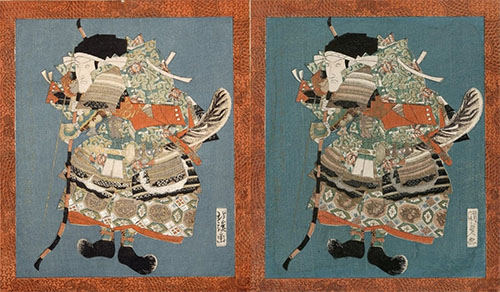
On the right, the real sheet of a theatre surimono by Kunisada, on the left with a faked signature of Hokkei, c. 1825
Forgery is a white-collar crime that generally refers to the false making or material alteration of a legal instrument with the specific intent to defraud anyone (other than themself).[1][2] Tampering with a certain legal instrument may be forbidden by law in some jurisdictions but such an offense is not related to forgery unless the tampered legal instrument was actually used in the course of the crime to defraud another person or entity. Copies, studio replicas, and reproductions are not considered forgeries, though they may later become forgeries through knowing and willful misrepresentations.
Forging money or currency is more often called counterfeiting. But consumer goods may also be counterfeits if they are not manufactured or produced by the designated manufacturer or producer given on the label or flagged by the trademark symbol. When the object forged is a record or document it is often called a false document.
This usage of "forgery" does not derive from metalwork done at a blacksmith's forge, but it has a parallel history. A sense of "to counterfeit" is already in the Anglo-French verb forger, meaning "falsify".
A forgery is essentially concerned with a produced or altered object. Where the prime concern of a forgery is less focused on the object itself – what it is worth or what it "proves" – than on a tacit statement of criticism that is revealed by the reactions the object provokes in others, then the larger process is a hoax. In a hoax, a rumor or a genuine object planted in a concocted situation, may substitute for a forged physical object.
The similar crime of fraud is the crime of deceiving another, including through the use of objects obtained through forgery. Forgery is one of the techniques of fraud, including identity theft. Forgery is one of the threats addressed by security engineering.
In the 16th century, imitators of Albrecht Dürer's style of printmaking improved the market for their own prints by signing them "AD", making them forgeries. In the 20th century the art market made forgeries highly profitable. There are widespread forgeries of especially valued artists, such as drawings originally by Pablo Picasso, Paul Klee, and Henri Matisse.
A special case of double forgery is the forging of Vermeer's paintings by Han van Meegeren, and in its turn the forging of Van Meegeren's work by his son Jacques van Meegeren.[3]
Criminal law
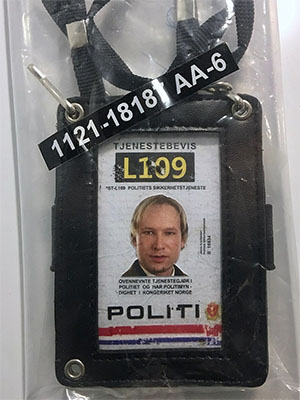
A forged police identification card used by a convicted terrorist.
England and Wales and Northern Ireland
In England and Wales and Northern Ireland, forgery is an offence under section 1 of the Forgery and Counterfeiting Act 1981, which provides:
A person is guilty of forgery if he makes a false instrument, with the intention that he or another shall use it to induce somebody to accept it as genuine, and by reason of so accepting it to do or not to do some act to his own or any other person’s prejudice.[4]
"Instrument" is defined by section 8, "makes" and "false" by section 9, and "induce" and "prejudice" by section 10.
Forgery is triable either way. A person guilty of forgery is liable, on conviction on indictment, to imprisonment for a term not exceeding ten years, or, on summary conviction, to imprisonment for a term not exceeding six months, or to a fine not exceeding the statutory maximum, or to both.[5]
For offences akin to forgery, see English criminal law#Forgery, personation, and cheating.
The common law offence of forgery is abolished for all purposes not relating to offences committed before the commencement of the Forgery and Counterfeiting Act 1981.[6]
Scotland
Forgery is not an official offence under the law of Scotland, except in cases where statute provides otherwise.[7][8]
The Forgery of Foreign Bills Act 1803 was repealed in 2013.
Republic of Ireland
In the Republic of Ireland, forgery is an offence under section 25(1) of the Criminal Justice (Theft and Fraud Offences) Act, 2001 which provides:
A person is guilty of forgery if he or she makes a false instrument with the intention that it shall be used to induce another person to accept it as genuine and, by reason of so accepting it, to do some act, or to make some omission, to the prejudice of that person or any other person.[9]
A person guilty of forgery is liable, on conviction on indictment, to imprisonment for a term not exceeding ten years, or to a fine, or to both.[10]
Any offence at common law of forgery is abolished. The abolition of a common law offence of forgery does not affect proceedings for any such offence committed before its abolition.[11]
Except as regards offences committed before the commencement of the Criminal Justice (Theft and Fraud Offences) Act, 2001 and except where the context otherwise requires, without prejudice to section 65(4)(a) of that Act, references to forgery must be construed in accordance with the provisions of that Act.[12]
Canada
Forgery is an offence under sections 366, 367 and 368 of the Canadian Criminal Code. The offence is a hybrid offence, subject to a maximum prison sentence of:
• if tried summarily: 6 months
• if tried on indictment: 10 years
United States
Further information: Crimes Act of 1790
Forgery is a crime in all jurisdictions within the United States, both state and federal.[1][2] Most states, including California, describe forgery as occurring when a person alters a written document "with the intent to defraud, knowing that he or she has no authority to do so."[13] The written document usually has to be an instrument of legal significance. Punishments for forgery vary widely. In California, forgery for an amount under $950[14] can result in misdemeanor charges and no jail time, while a forgery involving a loss of over $500,000 can result in three years in prison for the forgery plus a five-year "conduct enhancement" for the amount of the loss, yielding eight years in prison.[15] In Connecticut, forgery in the Third Degree, which is a class B misdemeanor[16] is punishable by up to 6 months in jail, a $1000 fine, and probation; forgery in the First Degree, which is a class C felony,[17] is punishable by a maximum 10 years in prison, a fine of up to $10,000 fine, or both.[18]
Civil law
As to the effect, in the United Kingdom, of a forged signature on a bill of exchange, see section 24 of the Bills of Exchange Act 1882.
In popular culture
• The 1839 novel by Honoré de Balzac, Pierre Grassou, concerns an artist who lives off forgeries.[19]
• The Orson Welles documentary F for Fake concerns both art and literary forgery. For the movie, Welles intercut footage of Elmyr de Hory, an art forger, and Clifford Irving, who wrote an "authorized" autobiography of Howard Hughes that had been revealed to be a hoax. While forgery is the ostensible subject of the film, it also concerns art, film making, storytelling and the creative process.[20]
• The 1966 heist comedy film How to Steal a Million centers around Nicole Bonnet (Audrey Hepburn) attempting to steal a fake Cellini made by her grandfather.[21]
• The 1964 children's book Charlie and the Chocolate Factory written by Roald Dahl revealed the "golden ticket" in Japan was a forgery.
• The 1972 novel by Irving Wallace, The Word concerns archaeological forgery, the finding and translation of a supposed lost gospel by James the Just, close relative of Jesus Christ, as part of a large project to be published as a new Bible that would inspire a Christian revival, but which is possibly a forged document.[22]
• The 2002 film Catch Me If You Can, directed by Steven Spielberg, is based on the claims of Frank Abagnale, a con man who allegedly stole over $2.5 million through forgery, imposture and other frauds, which are dramatized in the film. His career in crime lasted six years from 1963 to 1969.[23] The veracity of most of Abagnale's claims has been questioned.[24]
• The graphic art novel The Last Coiner, authored by Peter M. Kershaw, is based on the exploits of the 18th century counterfeiters, the Cragg Vale Coiners, who were sentenced to execution by hanging at Tyburn.[25]
See also
Main article: Outline of forgery
• Art forgery
• Authentication
• J. S. G. Boggs American artist
• Counterfeiting
o coins
o currency
o medicine
• Digital signature forgery
o watches
o postage stamps
• Epigraphy
• False document
• Phishing
• Questioned document examination
• Replica
• Signature forgery
• United States Secret Service
• White-collar crime
References
1. United States v. Hunt, 456 F.3d 1255, 1260 (10th Cir. 2006) ("Historically, forgery was defined as the false making, with the intent to defraud, of a document which is not what it purports to be, as distinct from a document which is genuine but nevertheless contains a term or representation known to be false.") (internal quotation marks omitted) (emphasis added); see generally, 10 U.S.C. § 923 ("Forgery"); 18 U.S.C. §§ 470–514 (counterfeiting and forgery-related federal offenses); 18 U.S.C. § 1543 ("Forgery or false use of passport").
2. "§ 19.71 S. Forgery". The Law Offices of Norton Tooby. Retrieved 2018-11-15.
3. Davies, Serena (2006-08-04). "The forger who fooled the world". The Daily Telegraph. ISSN 0307-1235. Archived from the original on 2022-01-12. Retrieved 2019-04-29.
4. Legislation.gov.uk. Digitised copy of section 1.
5. The Forgery and Counterfeiting Act 1981, sections 6(1) to (3)(a)
6. The Forgery and Counterfeiting Act 1981, section 13
7. W J Stewart and Robert Burgess. Collins Dictionary of Law. HarperCollins Publishers. 1996. ISBN 0 00 470009 0. Pages 176 and 398.
8. Stair Memorial Encyclopaedia
9. Irish Statute Book. Digitised copy of section 25.
10. The Criminal Justice (Theft and Fraud Offences) Act, 2001, section 25(2)
11. The Criminal Justice (Theft and Fraud Offences) Act, 2001, sections 3(2) and (3)
12. The Criminal Justice (Theft and Fraud Offences) Act, 2001, section 65(4)(b)
13. "California Legislative Information, Penal Code section 470". Retrieved 20 July 2017.
14. Brady, Katherine (November 2014). "California Prop 47 and SB 1310: Representing Immigrants" (PDF). Immigrant Legal Resource Center1. Retrieved 1 August 2017.
15. Couzens, J. Richard; Bigelow, Tricia A. (May 2017). "Felony Sentencing After Realignment" (PDF). California Courts. Retrieved 1 August 2017.
16. "Chapter 952 - Penal Code: Offenses". http://www.cga.ct.gov. Retrieved 2017-08-09.
17. "Chapter 952 - Penal Code: Offenses". http://www.cga.ct.gov. Retrieved 2017-08-09.
18. Norman-Eady, Sandra; Coppolo, George; Reinhart, Christopher (1 December 2006). "Crimes and Their Maximum Penalties". Office of Legislative Research. Connecticut General Assembly. Retrieved 9 August 2017.
19. Yeazell, Ruth Bernard (2008). Art of the Everyday: Dutch Painting and the Realist Novel. Princeton University Press. p. 88. ISBN 978-0691127262.
20. McBride, Joseph (2006). What Ever Happened to Orson Welles?: A Portrait of an Independent Career. University Press of Kentucky. pp. 245–250. ISBN 0813124107.
21. Casper, Drew (2011). Hollywood Film 1963-1976: Years of Revolution and Reaction. John Wiley & Sons. p. 1972. ISBN 978-1405188272.
22. Cawelti, John G. (1977). Adventure, Mystery, and Romance: Formula Stories as Art and Popular Culture. University of Chicago Press. p. 281. ISBN 0226098672.
23. Wight, Douglas (2012). "Owning December". Leonardo DiCaprio: The Biography. John Blake Publishing Ltd. ISBN 978-1857829570.
24. Lopez, Xavier (23 April 2021). "Could this famous con man be lying about his story? A new book suggests he is". WHYY. WHYY. PBS. Retrieved 26 June 2022.
25. "Telling the Coiners' story". BBC North Yorkshire. 3 June 2008.
Sources
• Cohon, Robert. Discovery & Deceit: archaeology & the forger's craft Kansas: Nelson-Atkins Museum, 1996
• Muscarella, Oscar. The Lie Became Great: the forgery of Ancient Near Eastern cultures, 2000
• "Imaginary Images" in Detecting the Truth: Fakes, Forgeries and Trickery at Library and Archives Canada
External links
• Bibliographies of archaeological forgeries, art forgeries etc
• Museum security mnetwork: sources of information on art forgery; with encyclopedic links
• Fakes and Forgeries on the Trafficking Culture website, University of Glasgow
• Academic Classification of Levels of Forgery on The Authentication in Art Foundation Website
• List of Caught Art Forgers on The Authentication in Art Foundation Website

